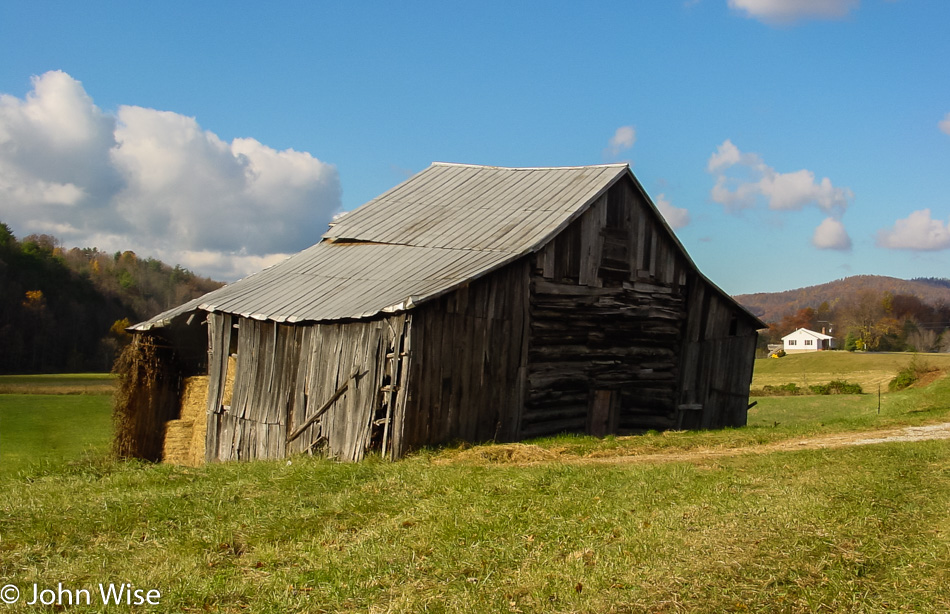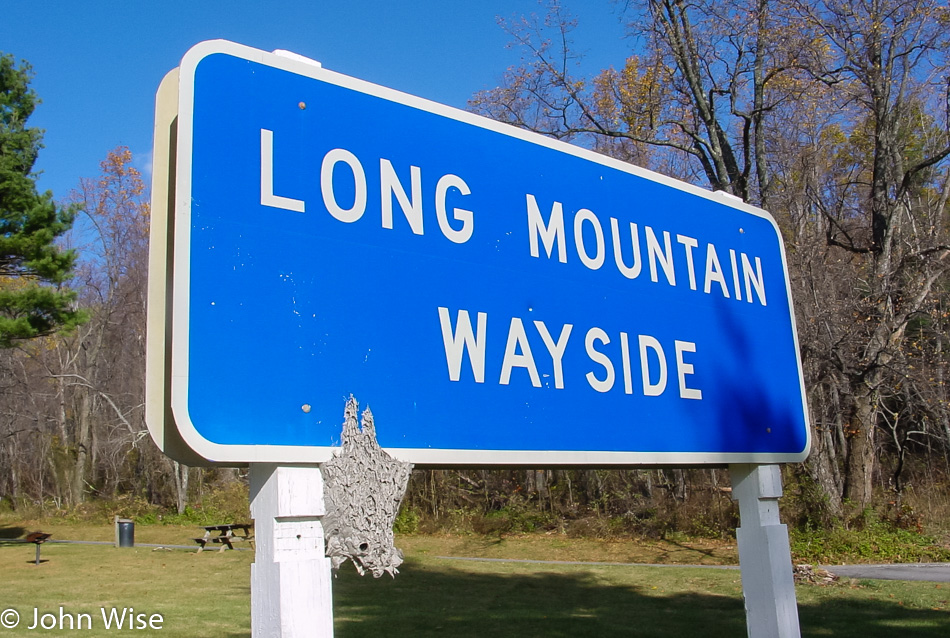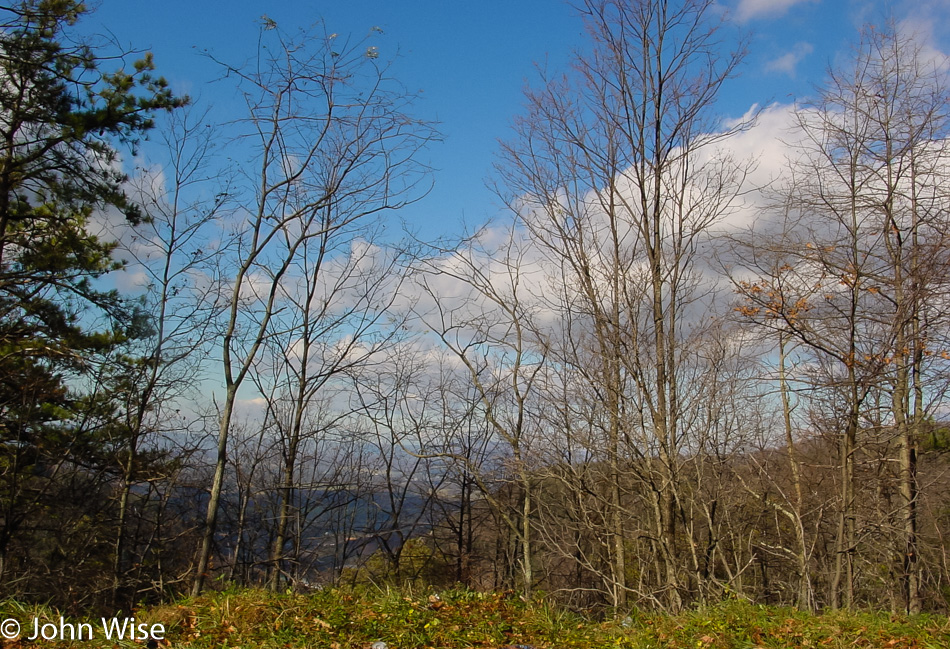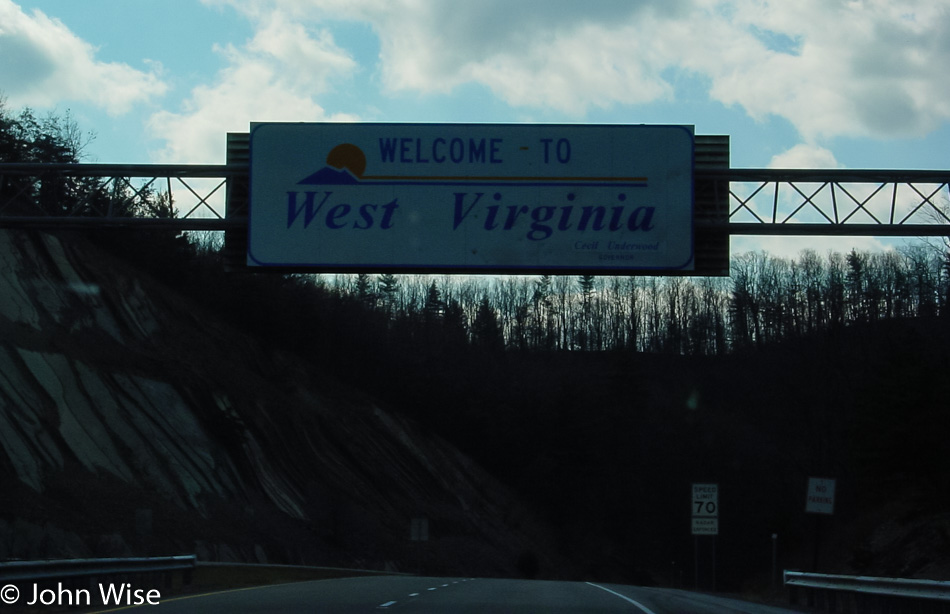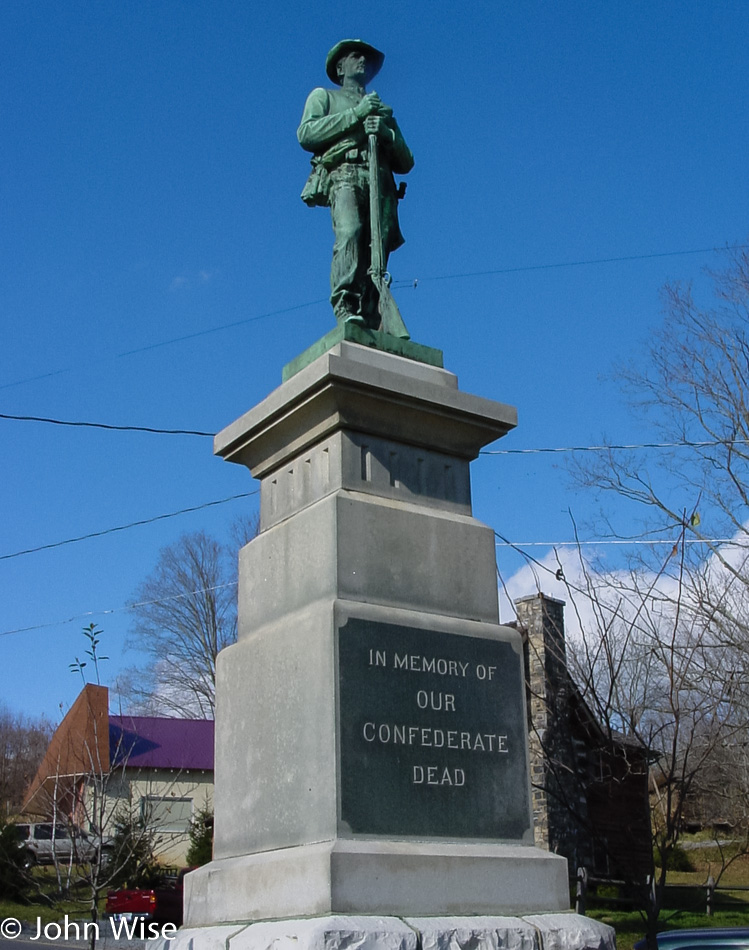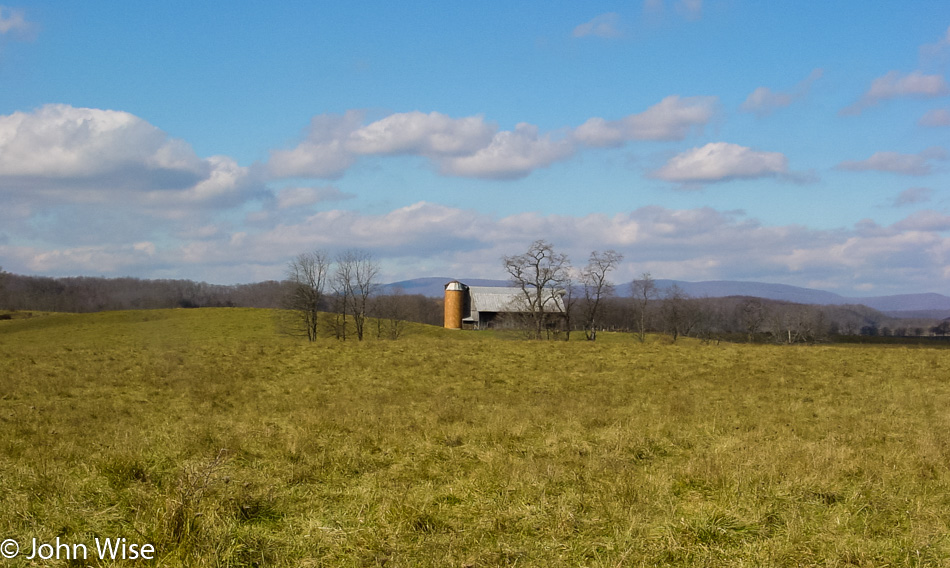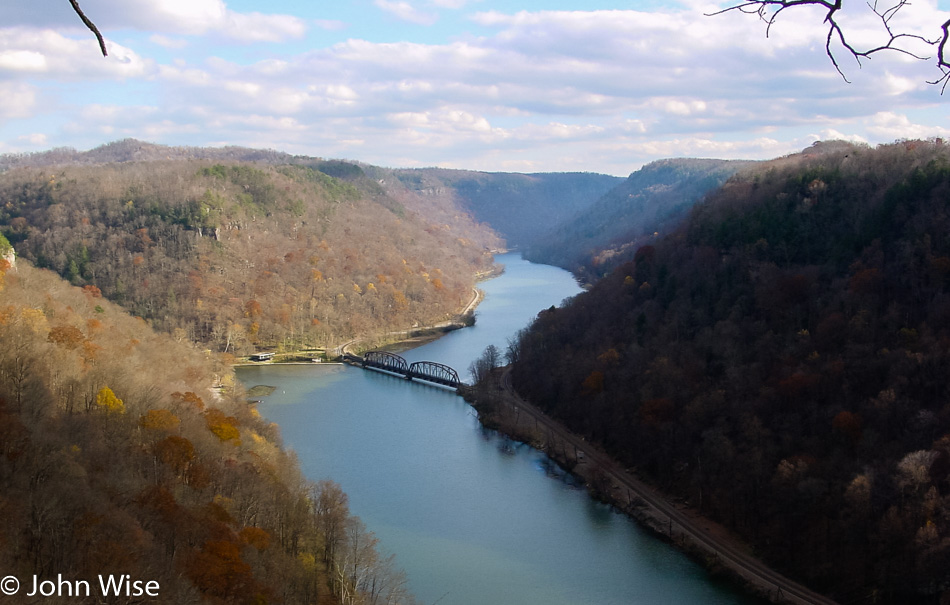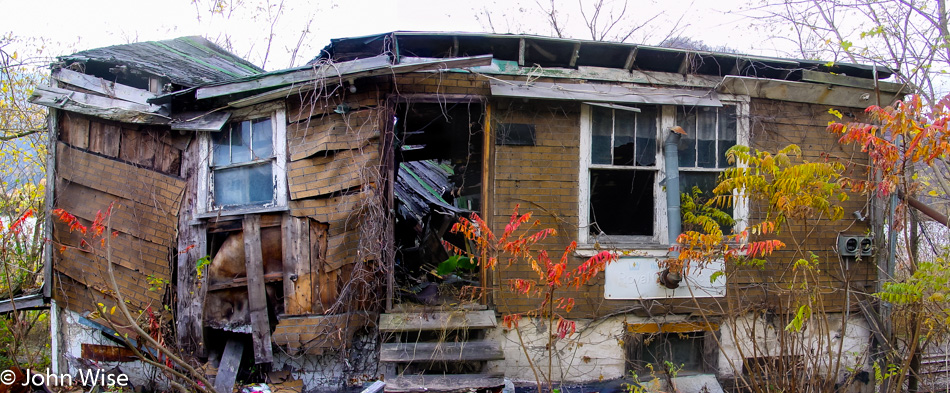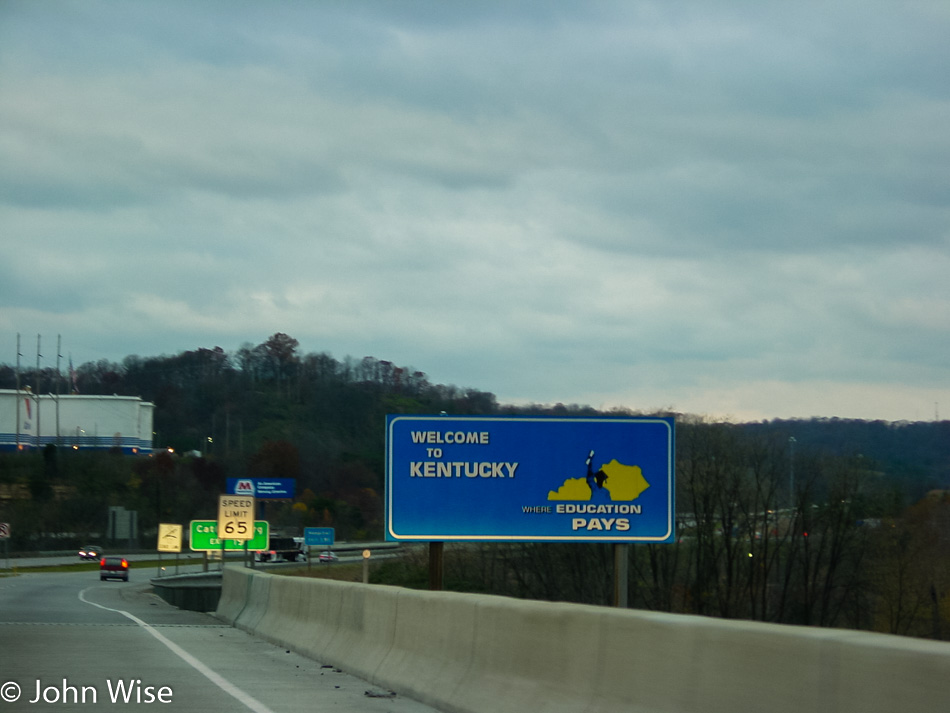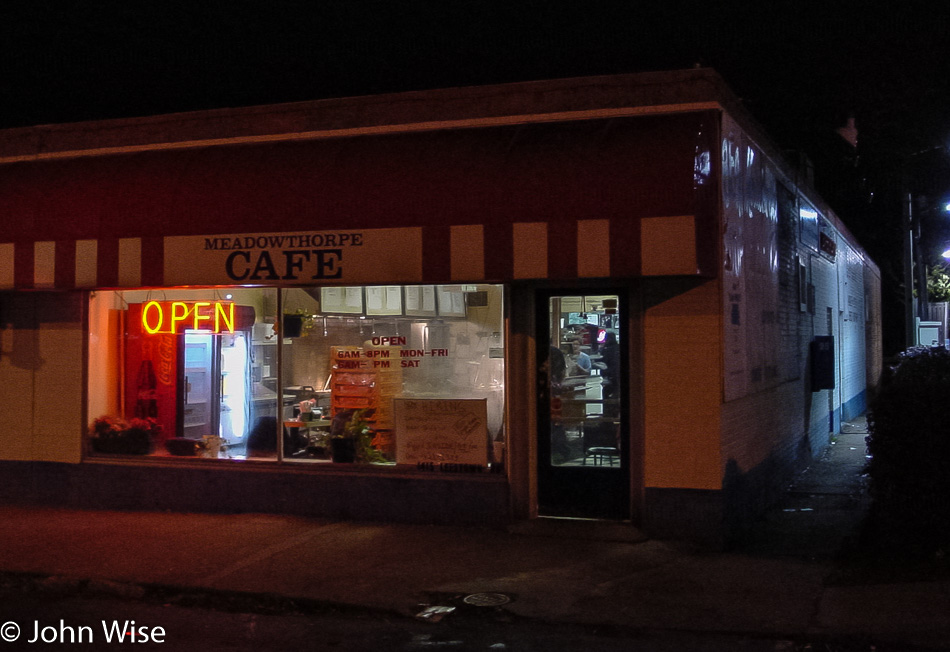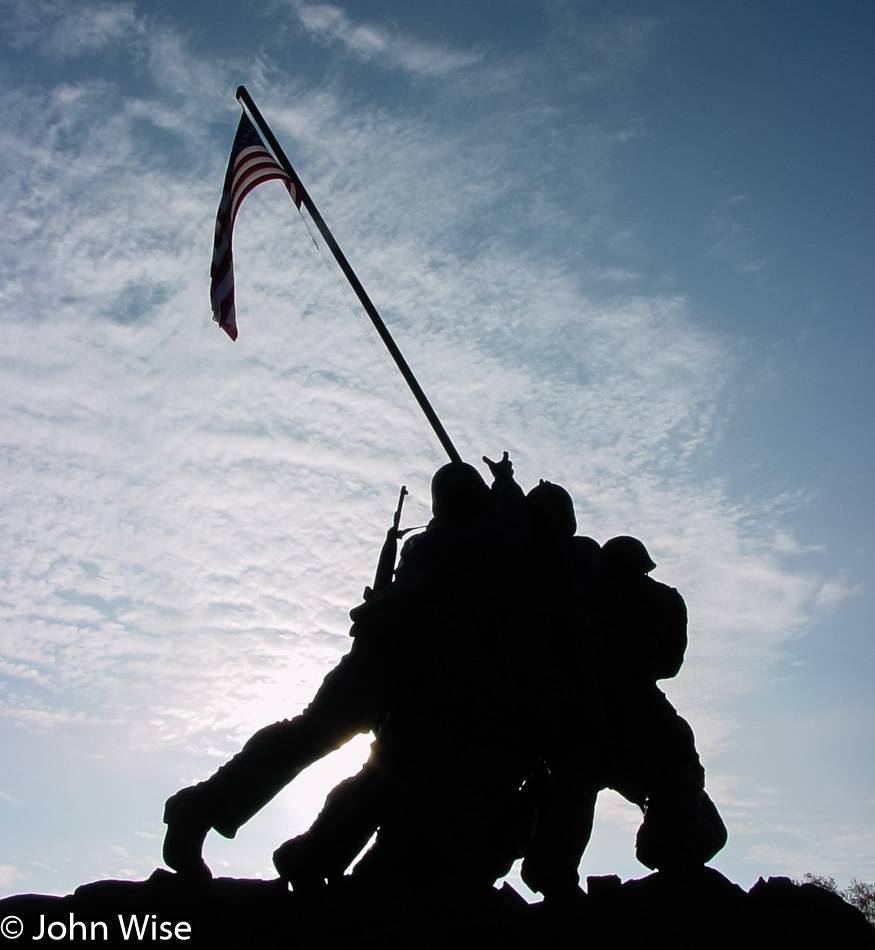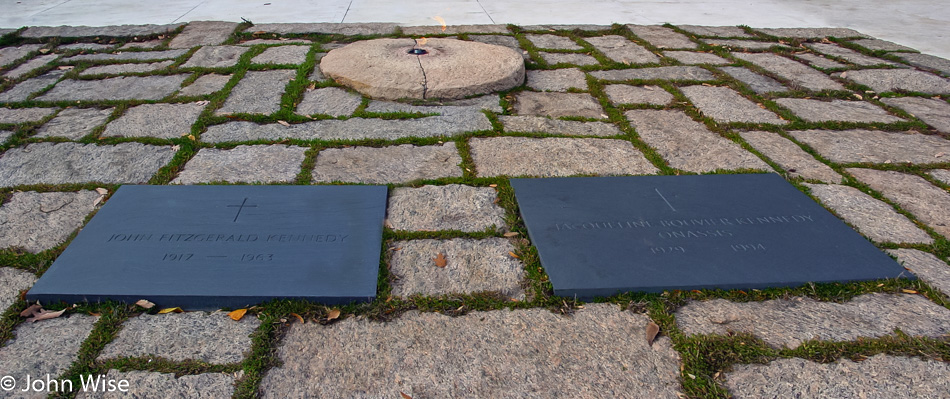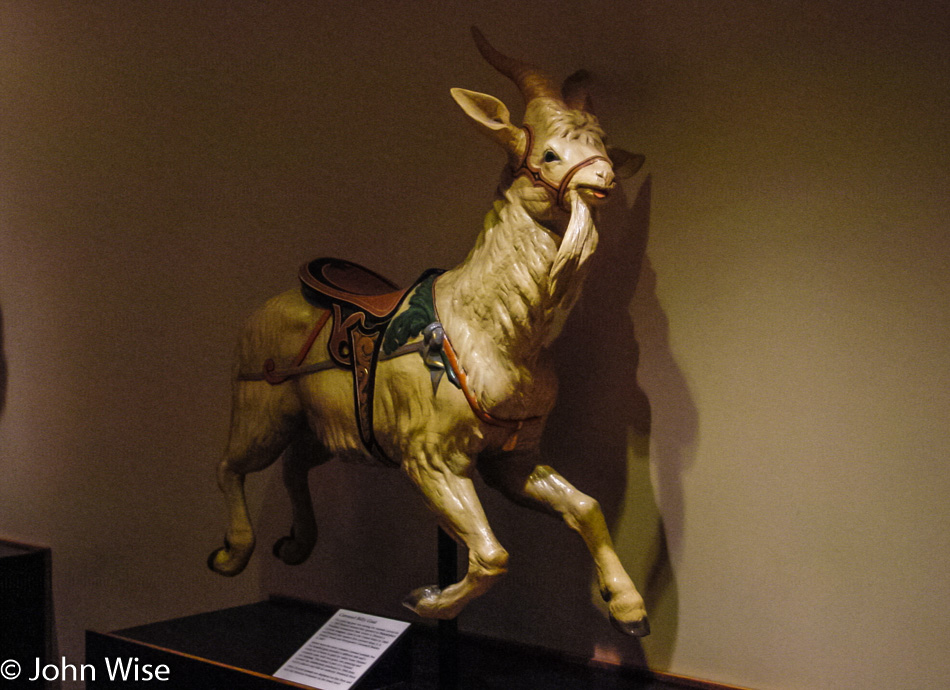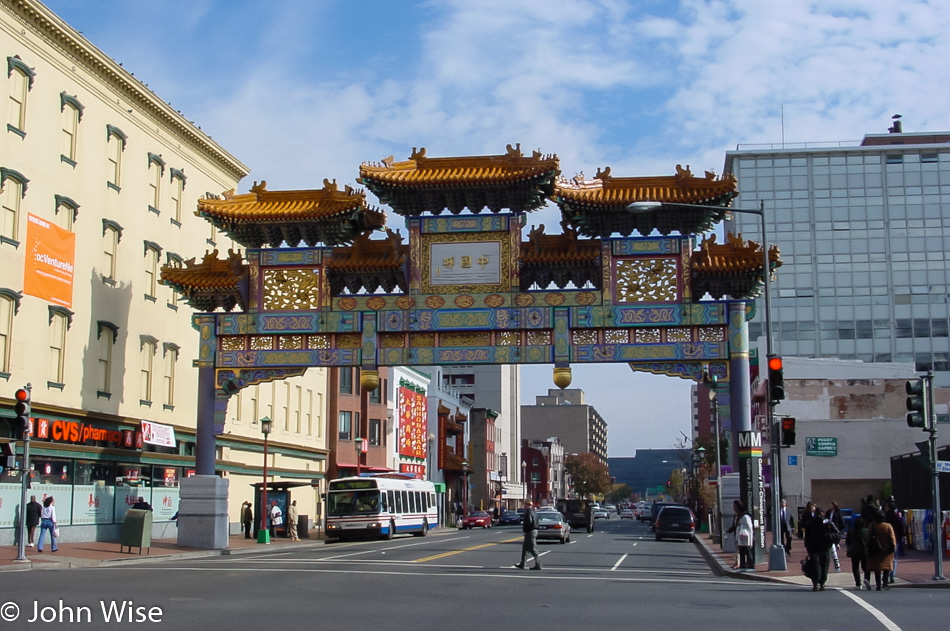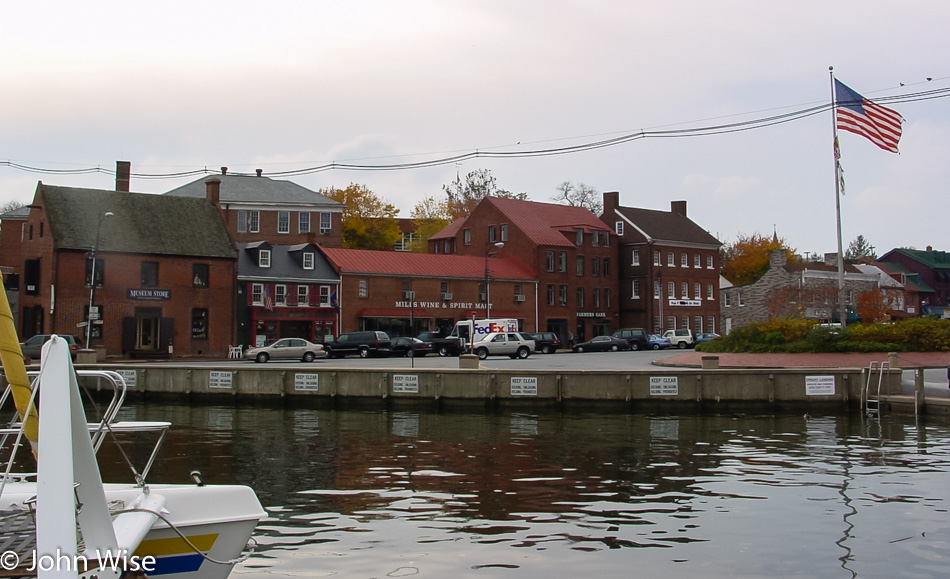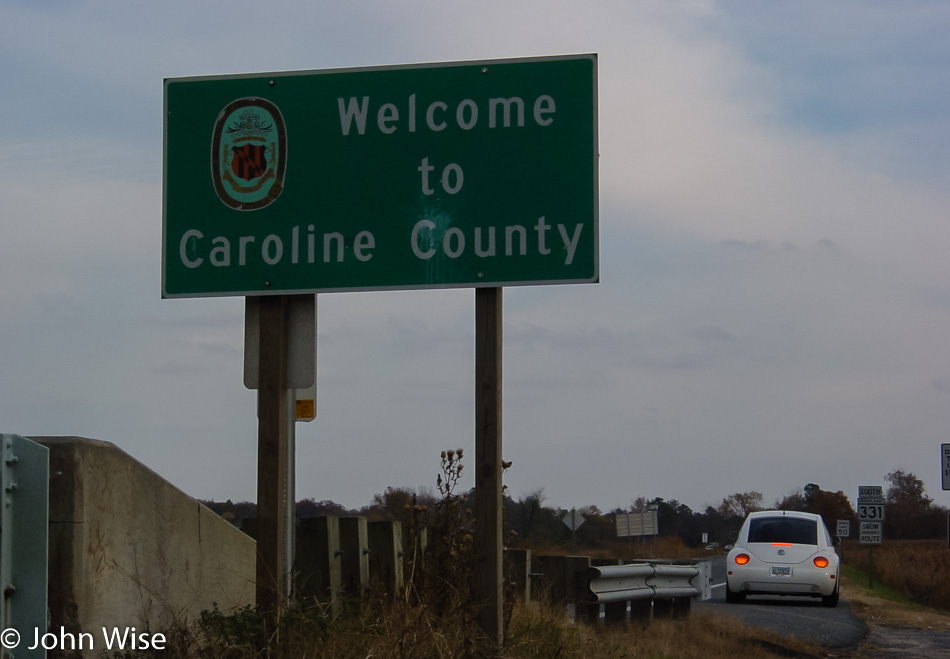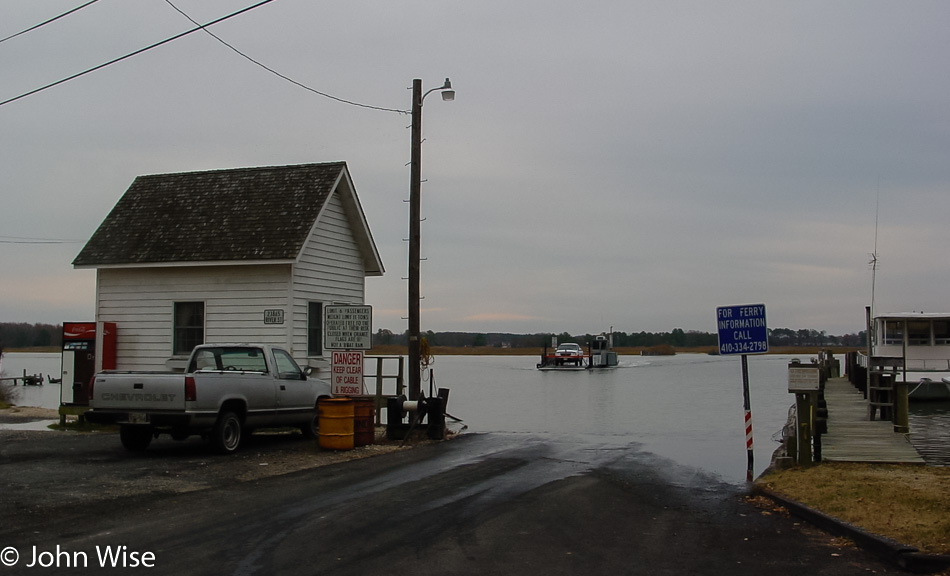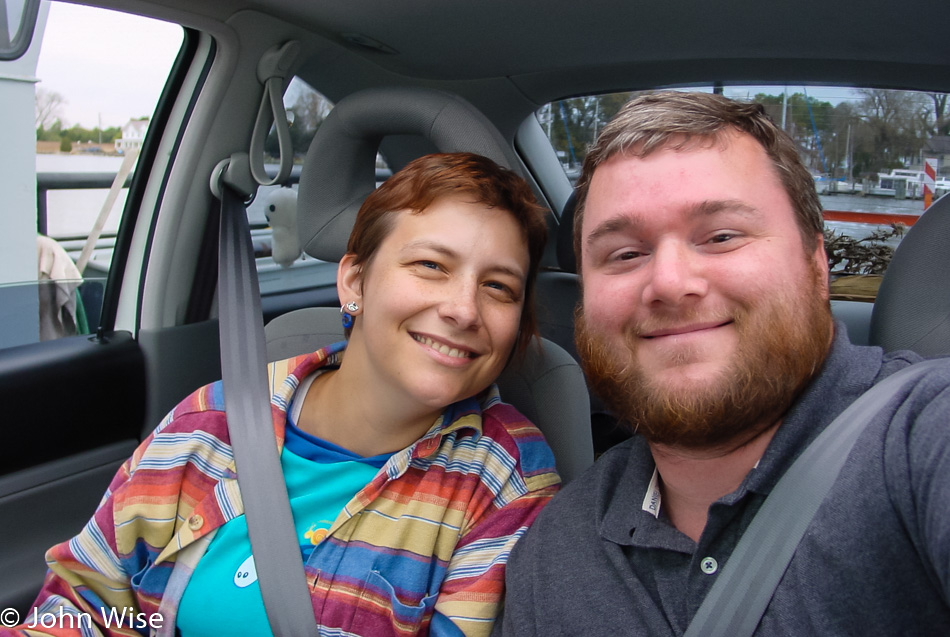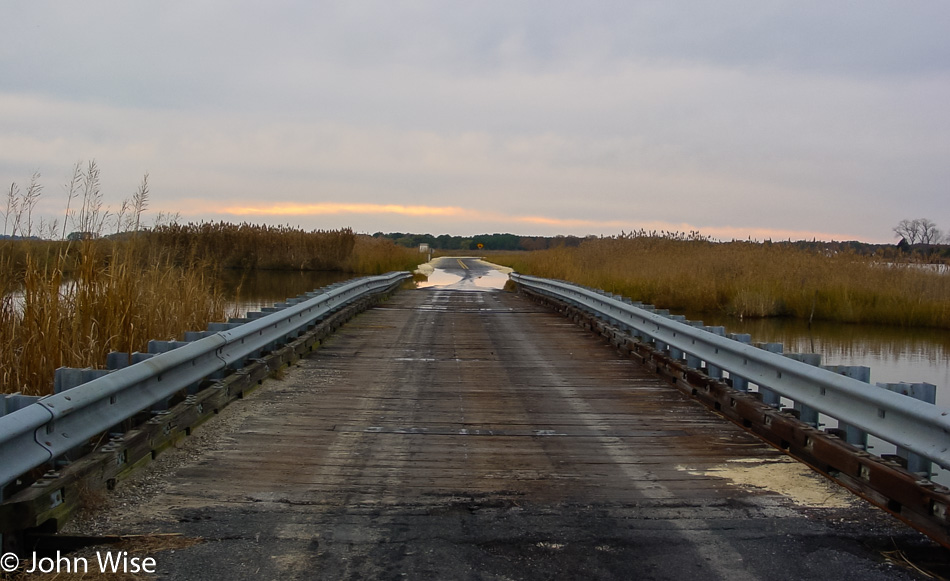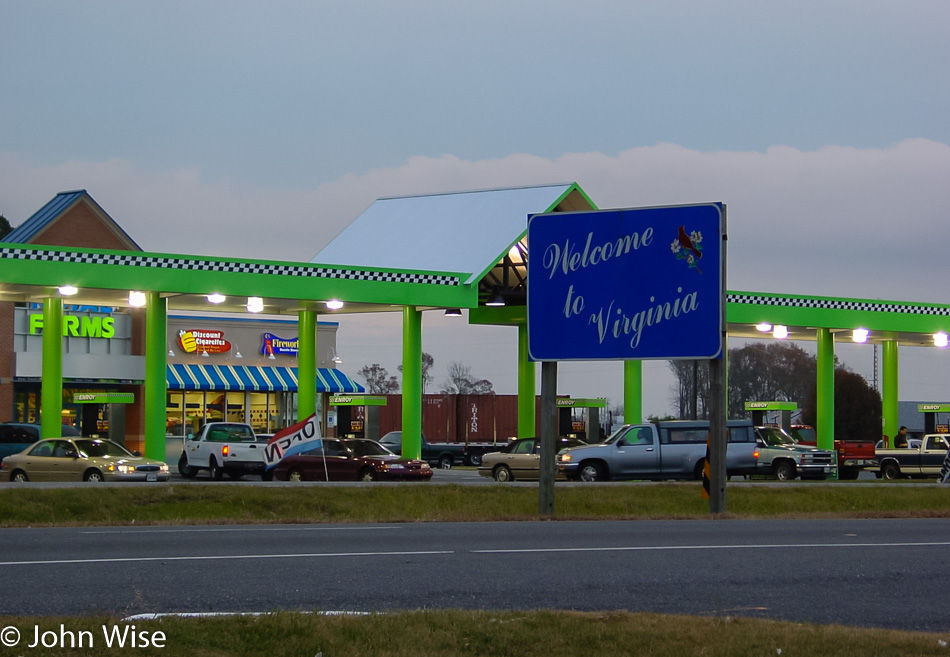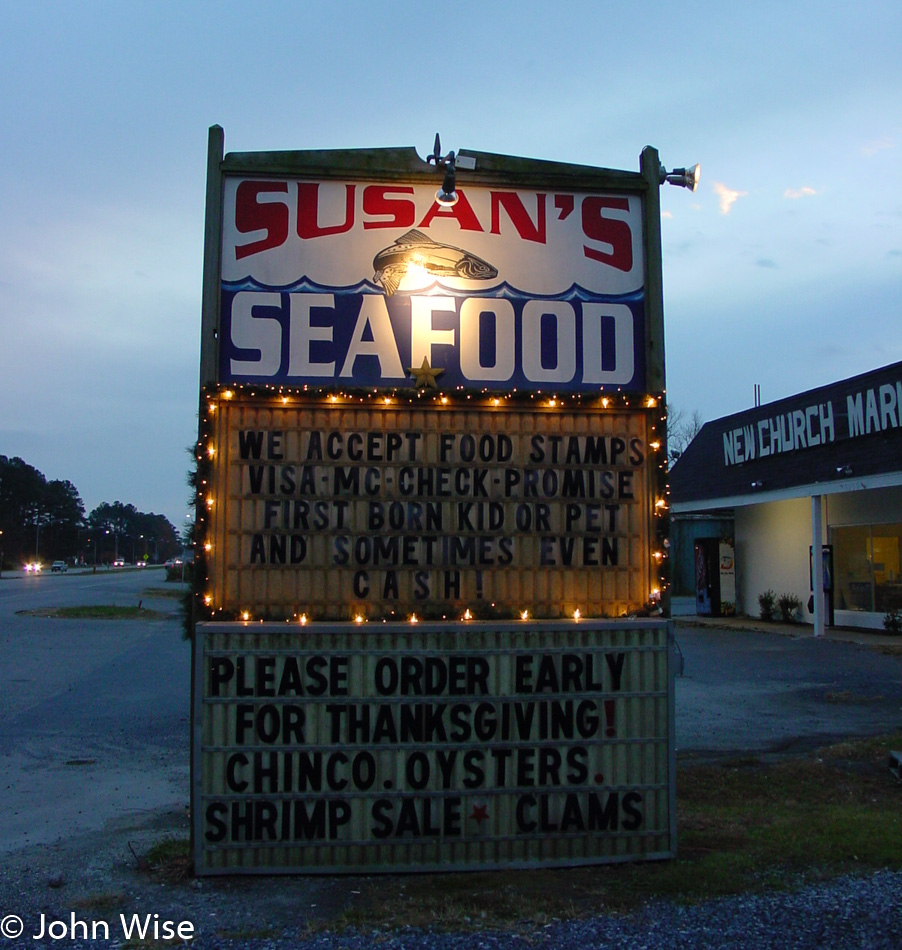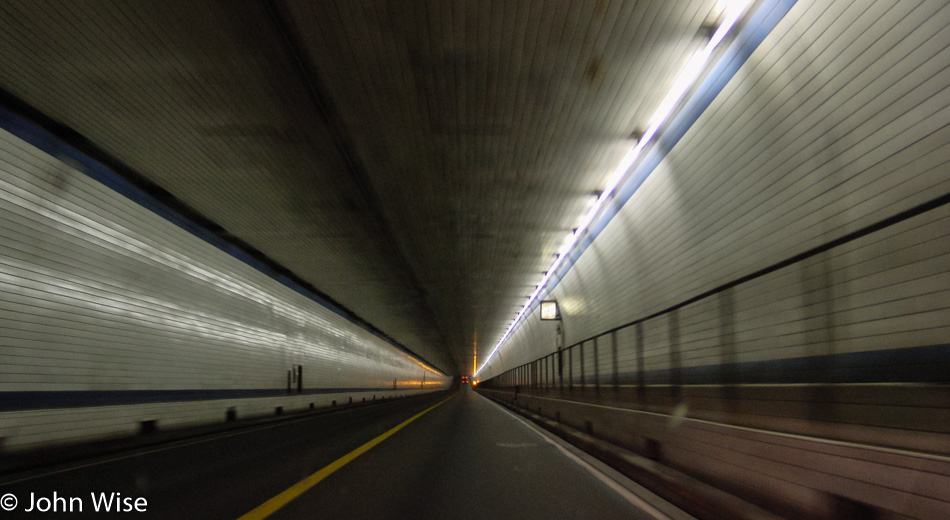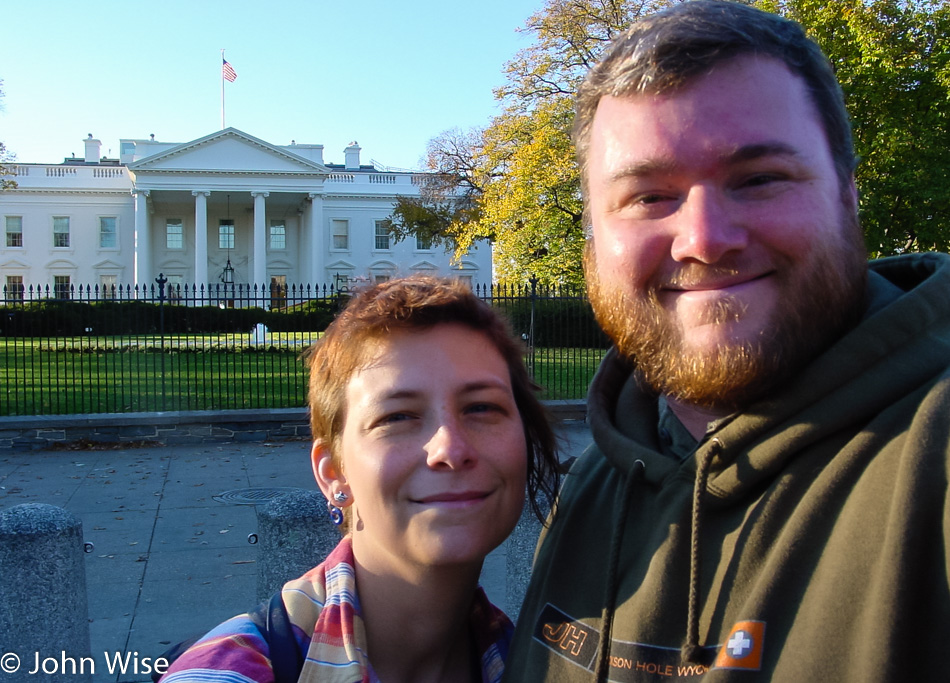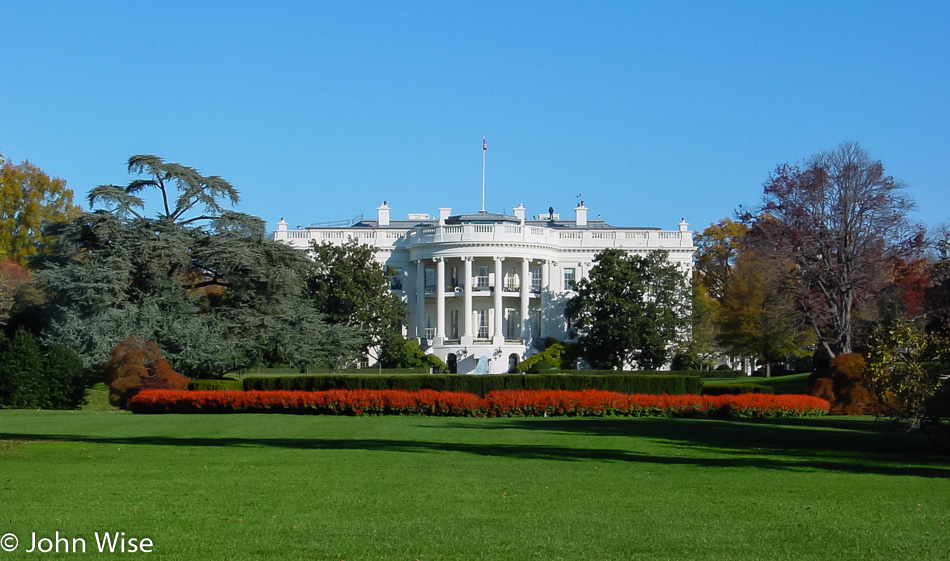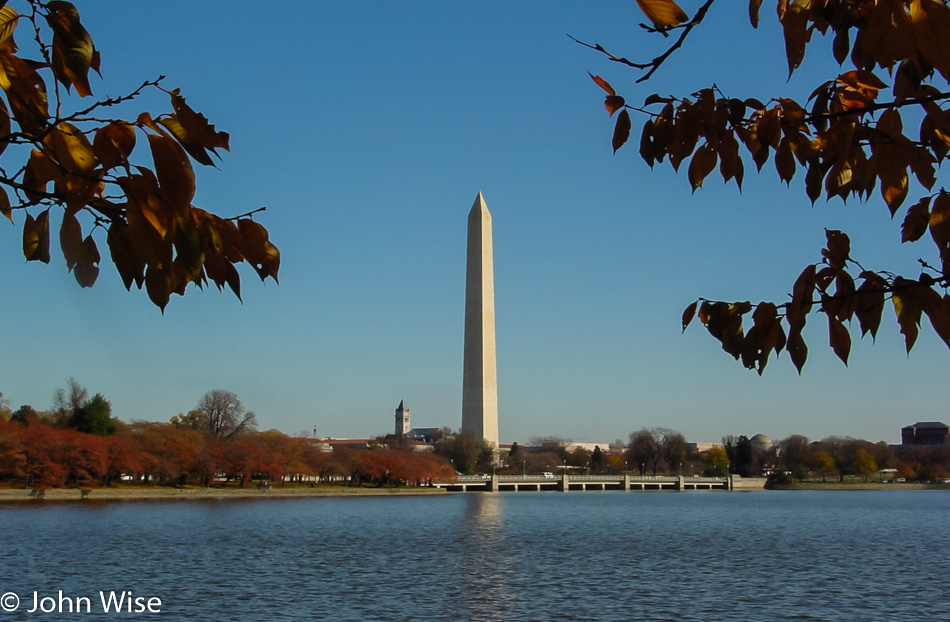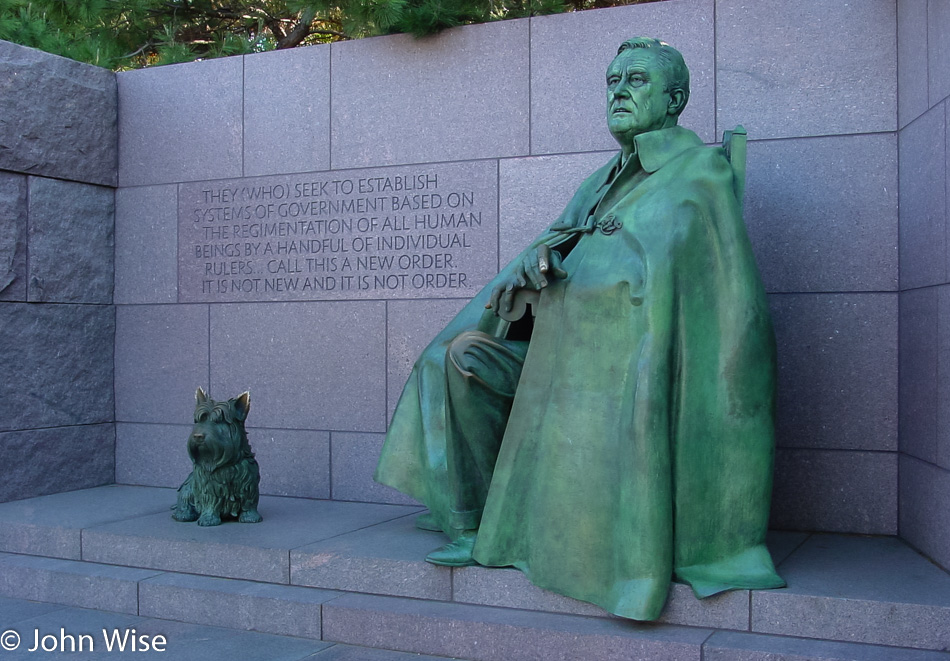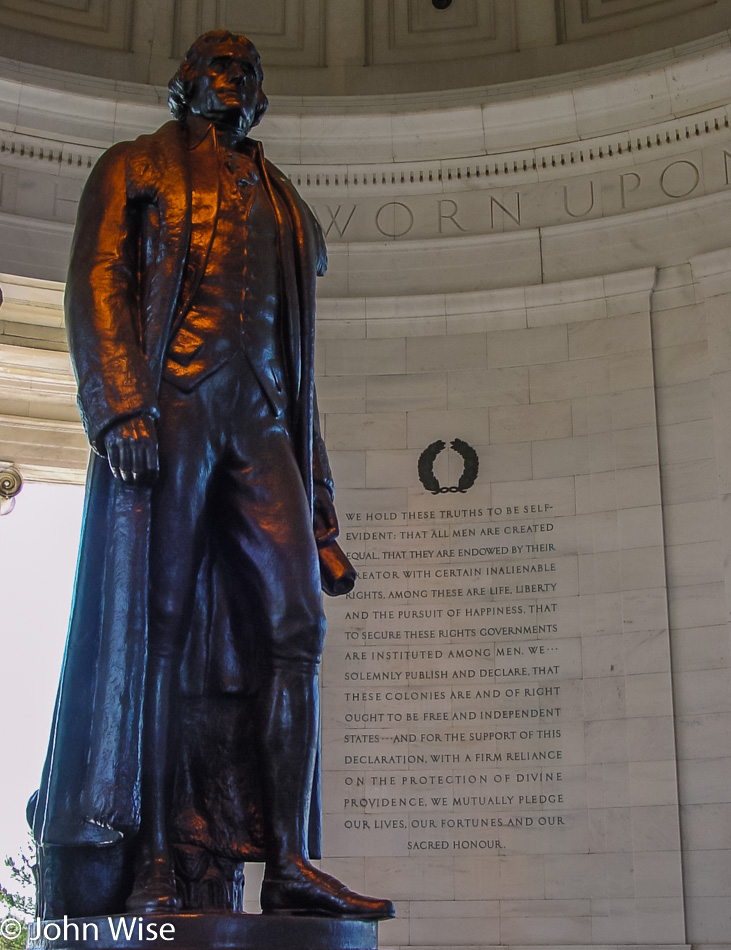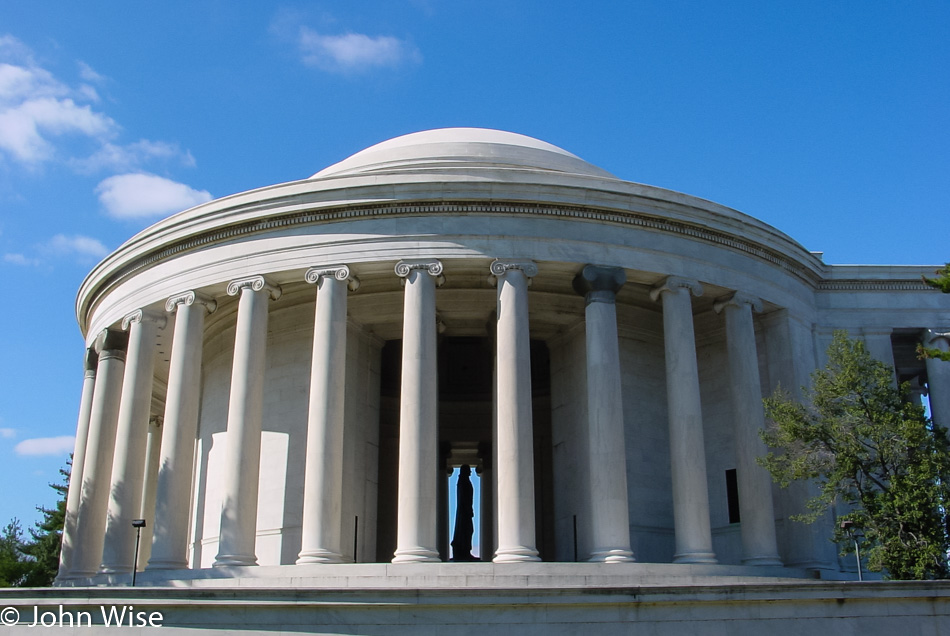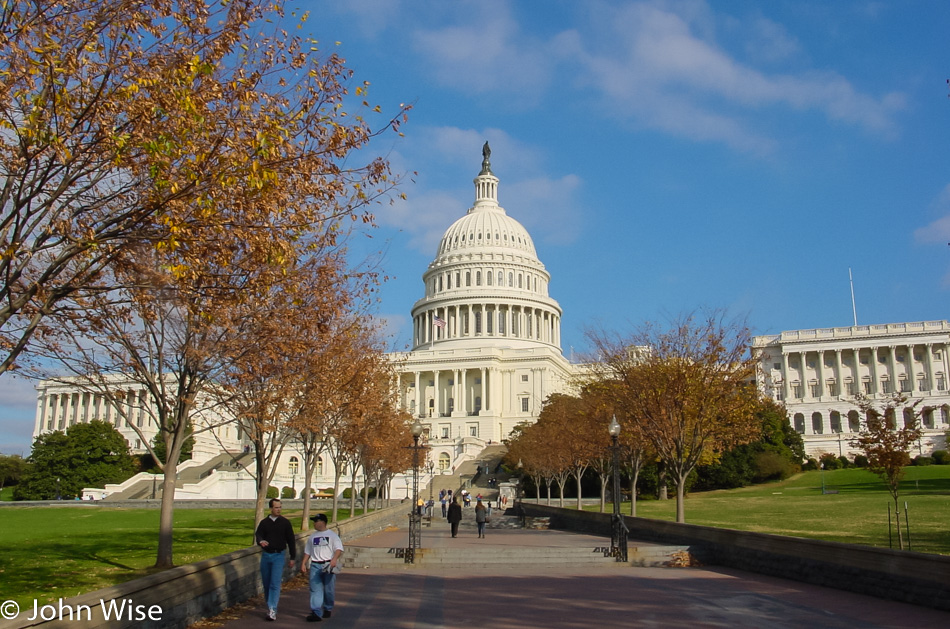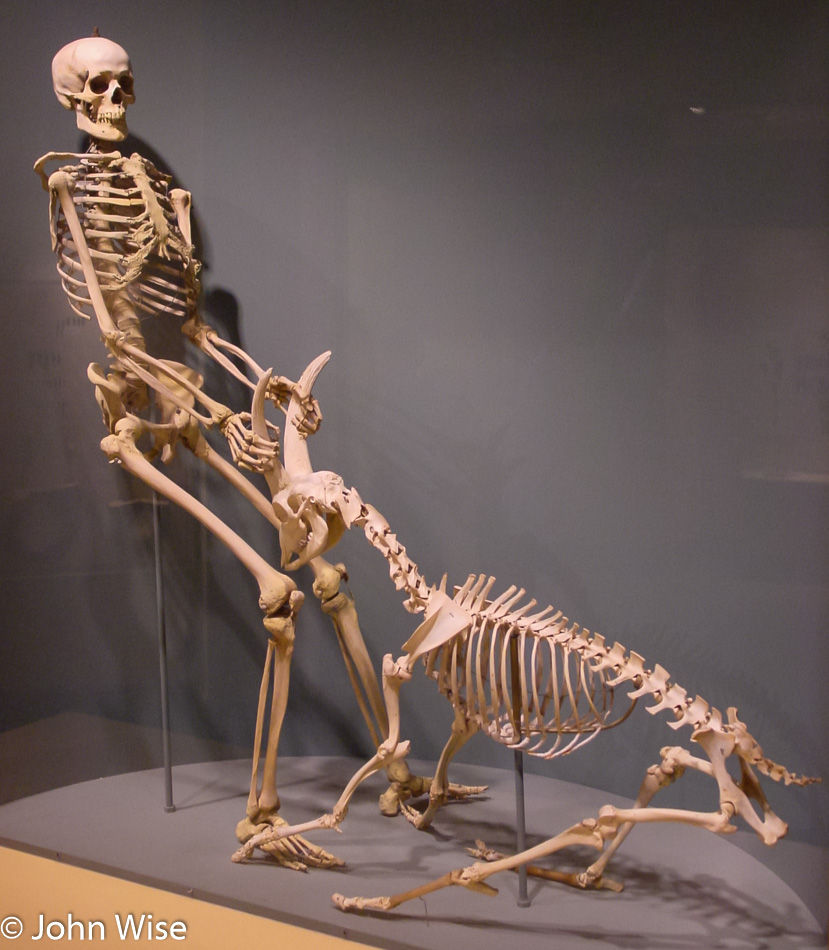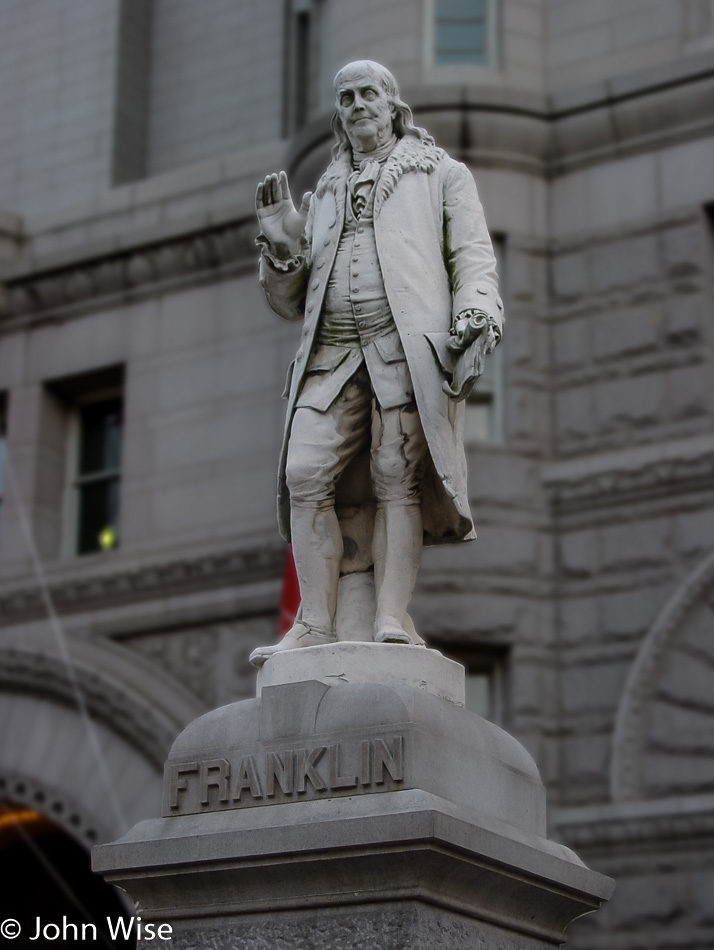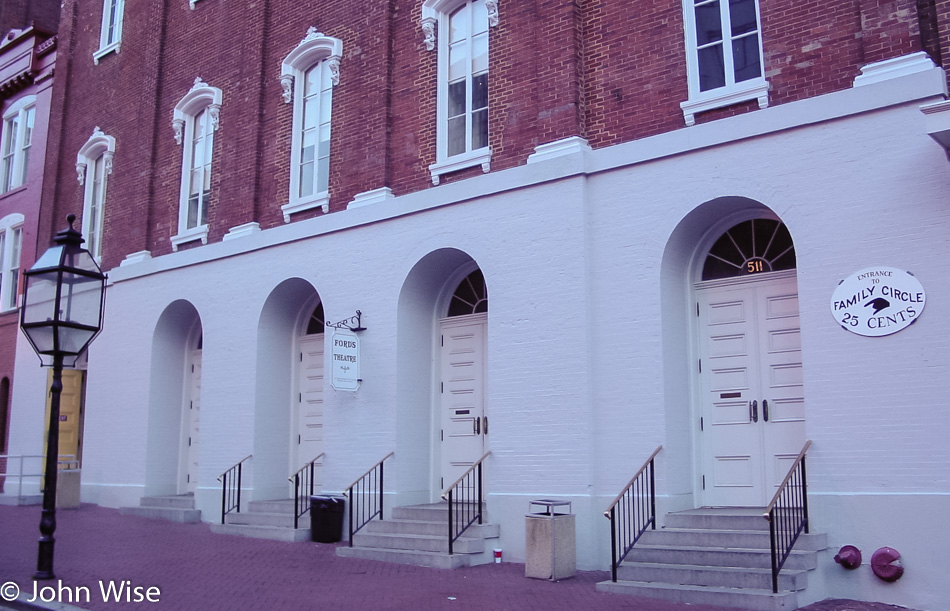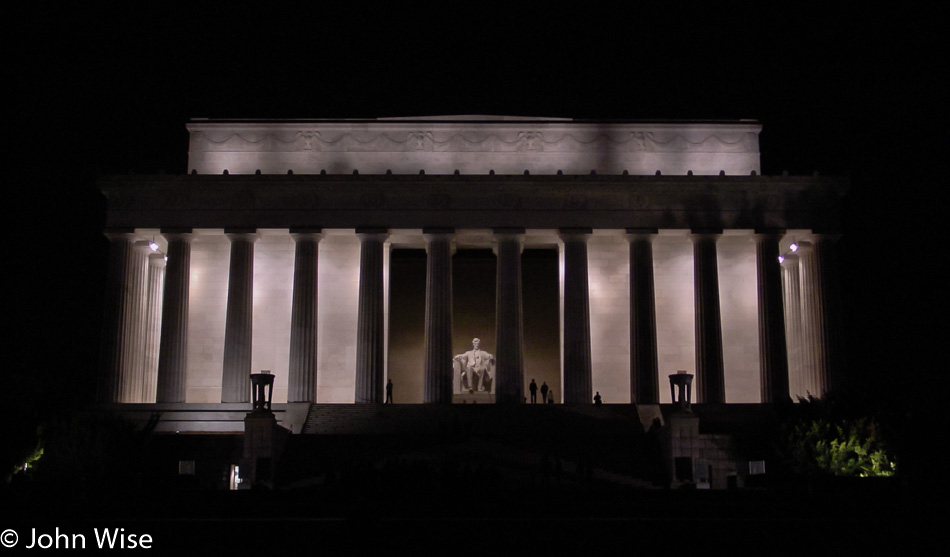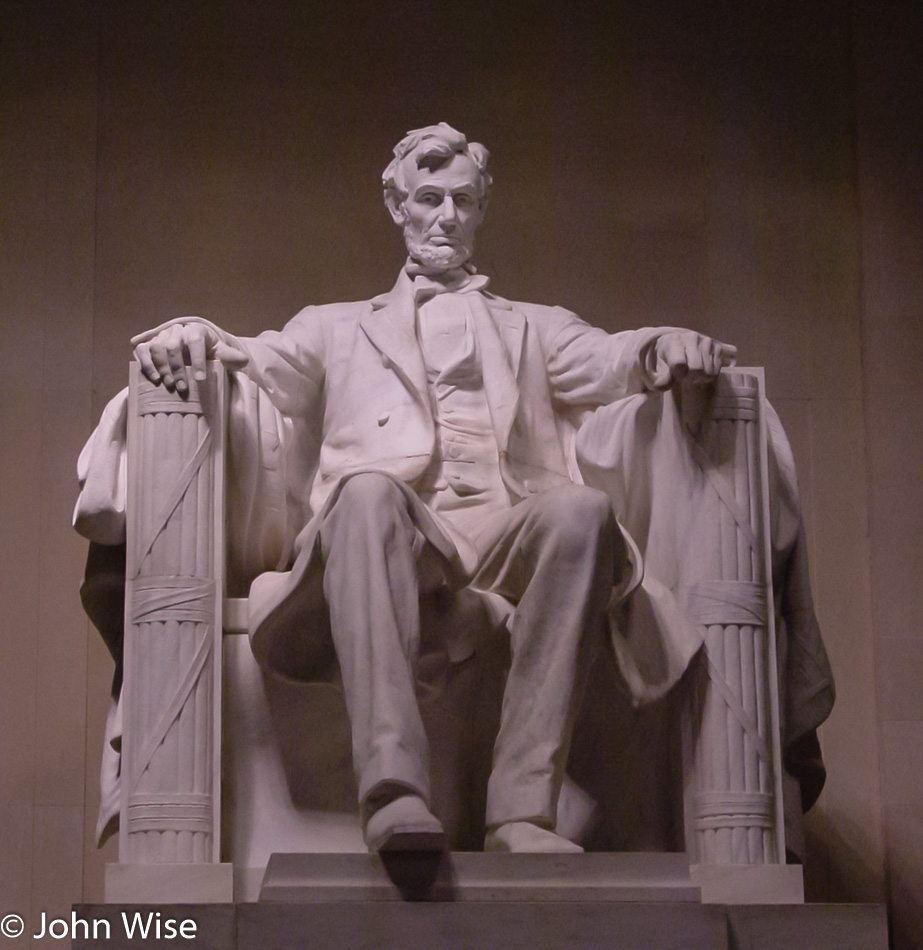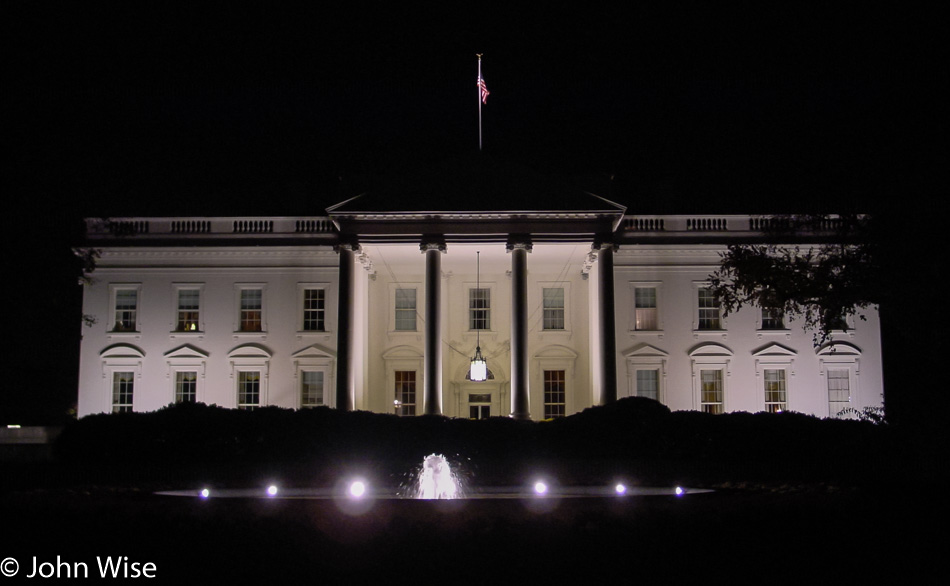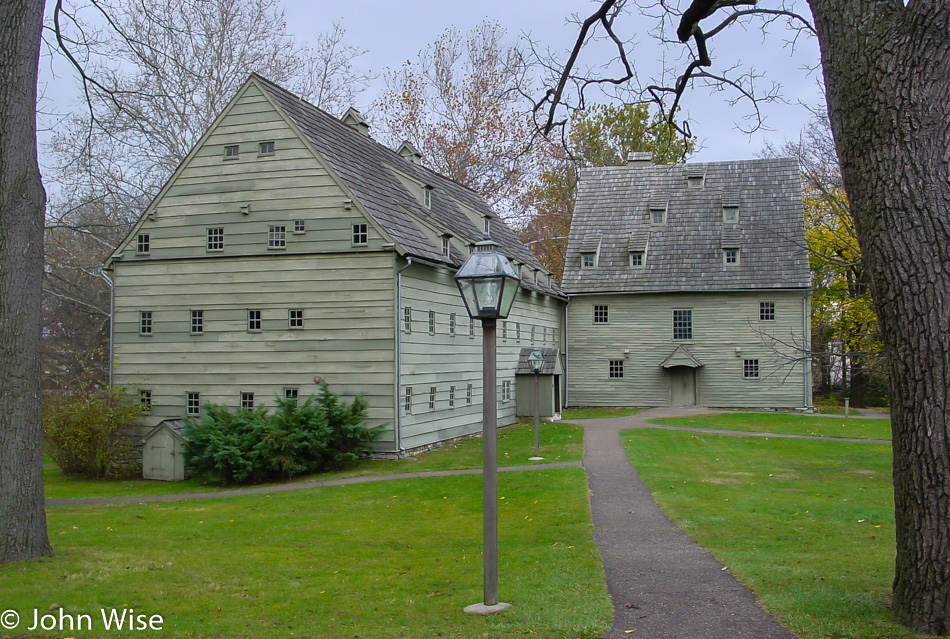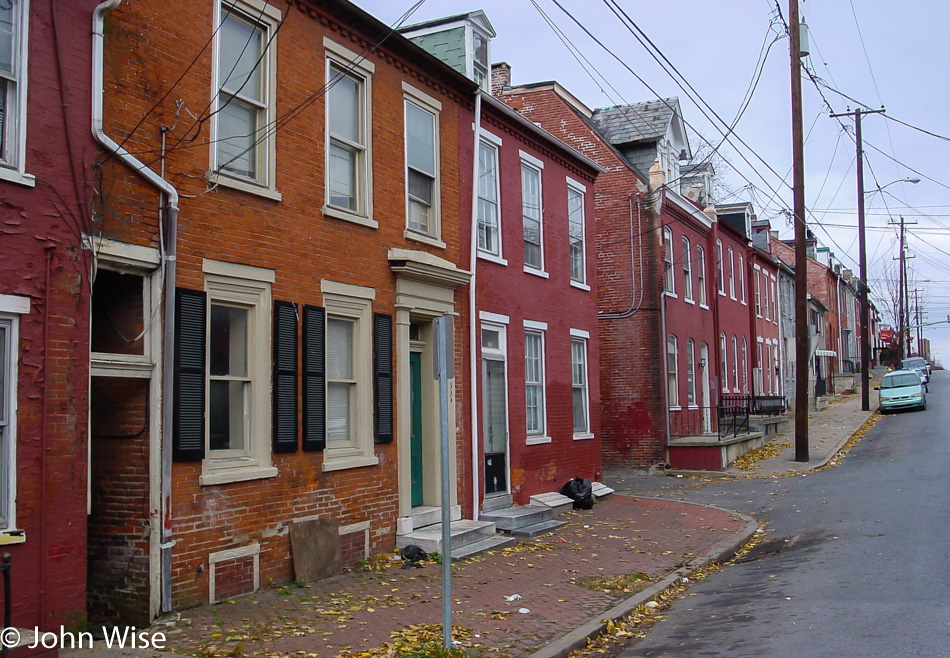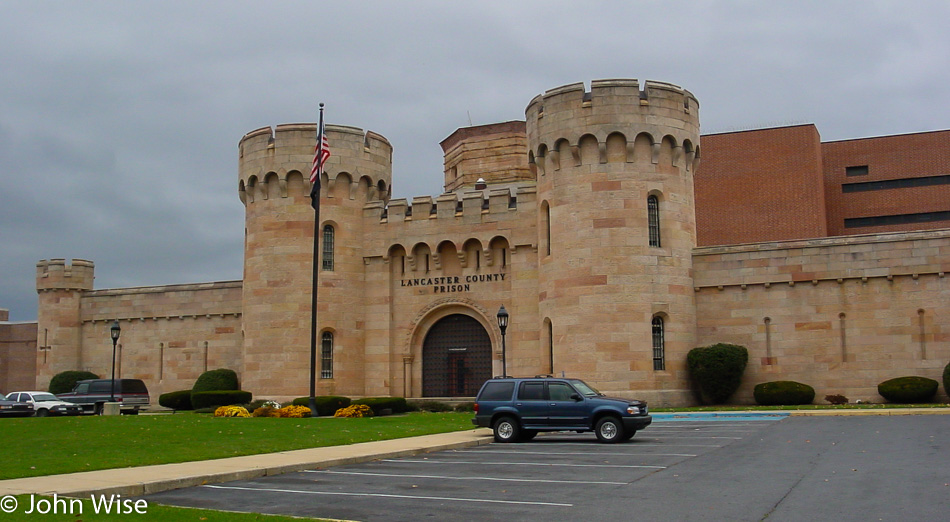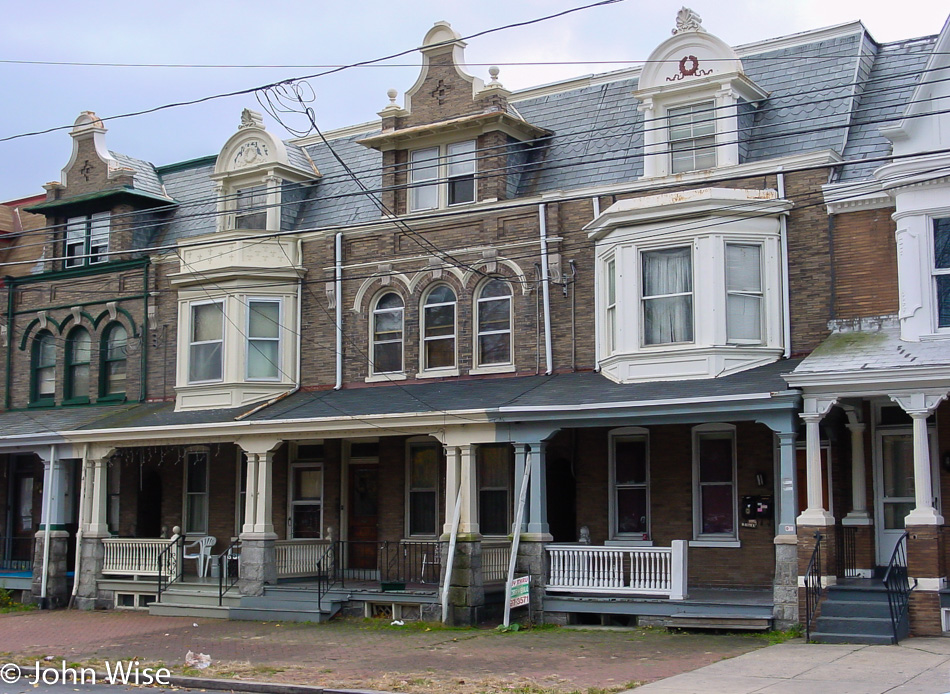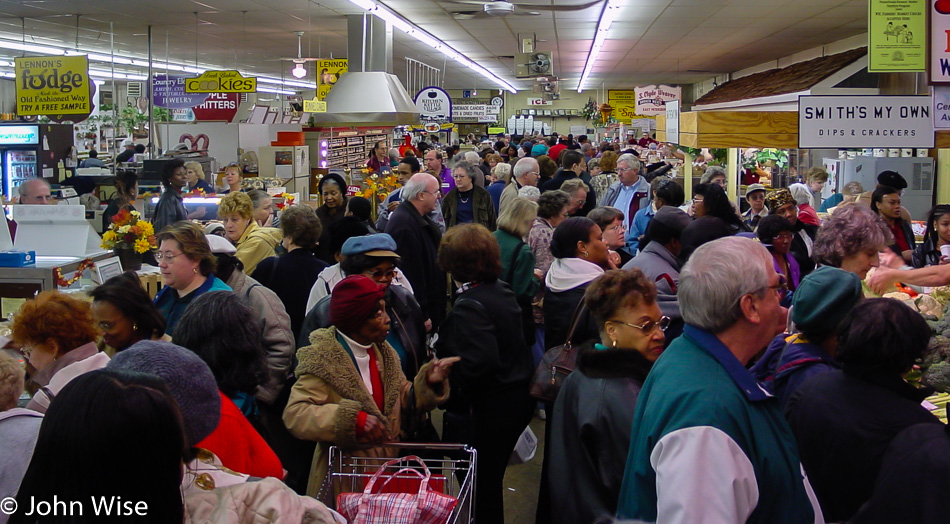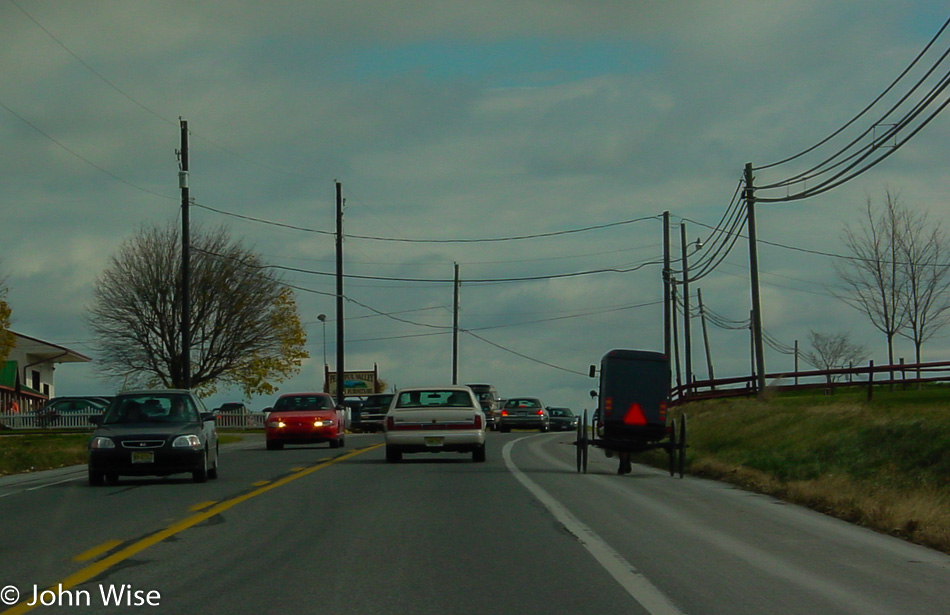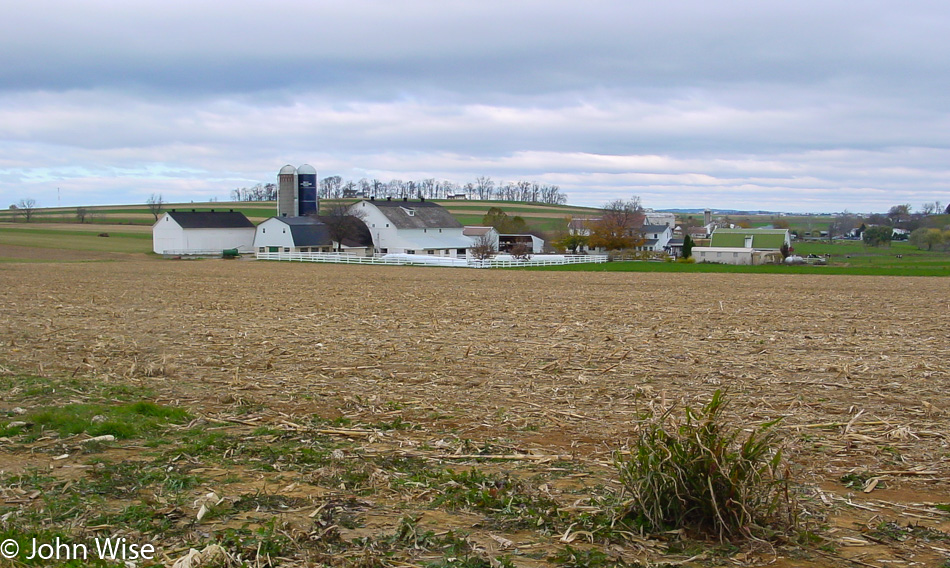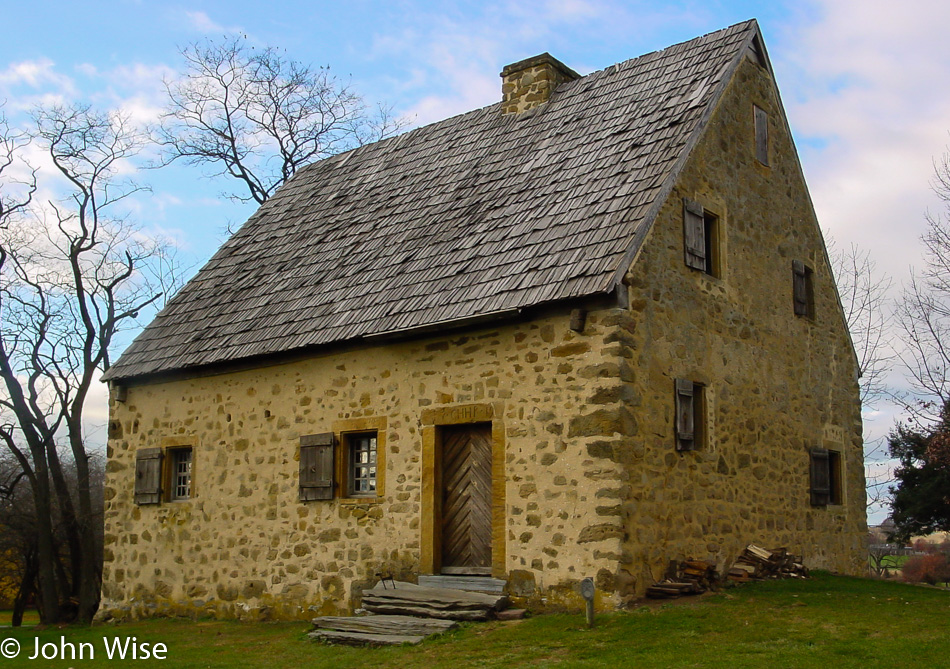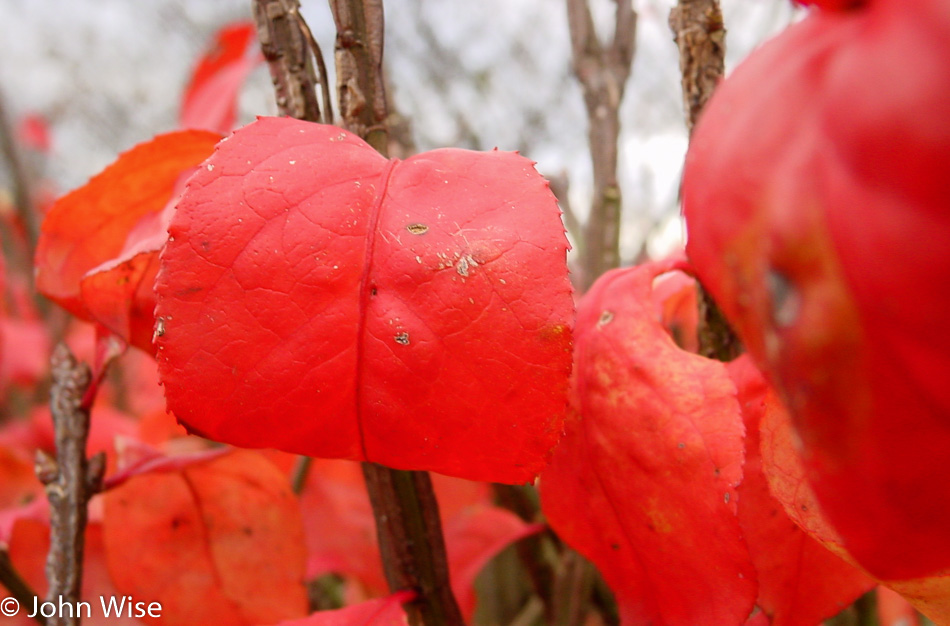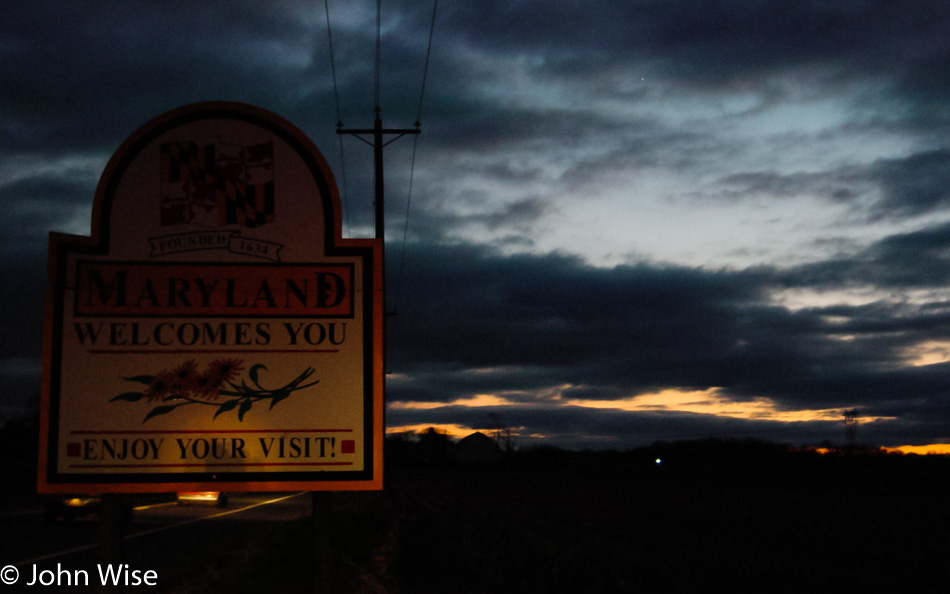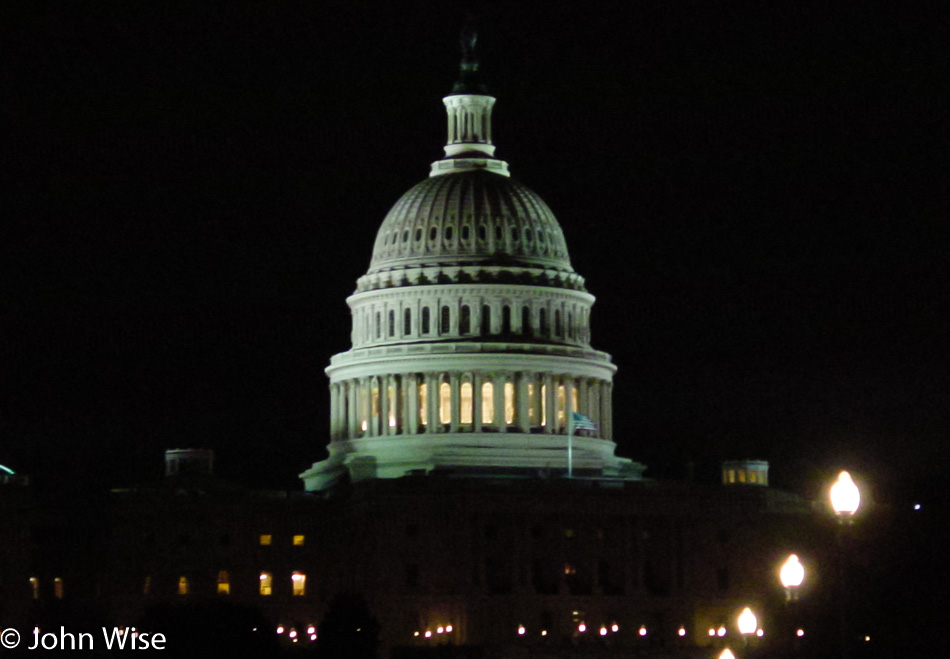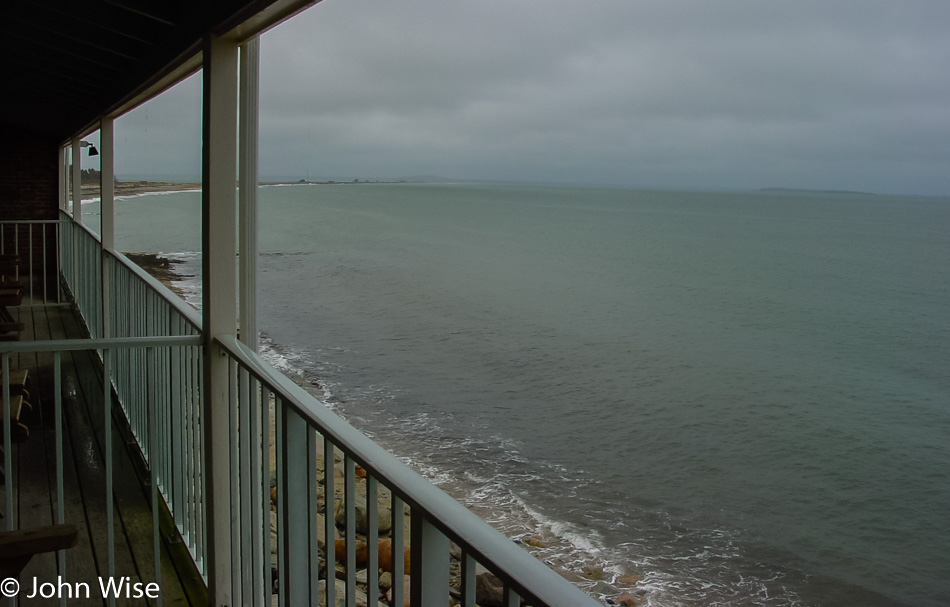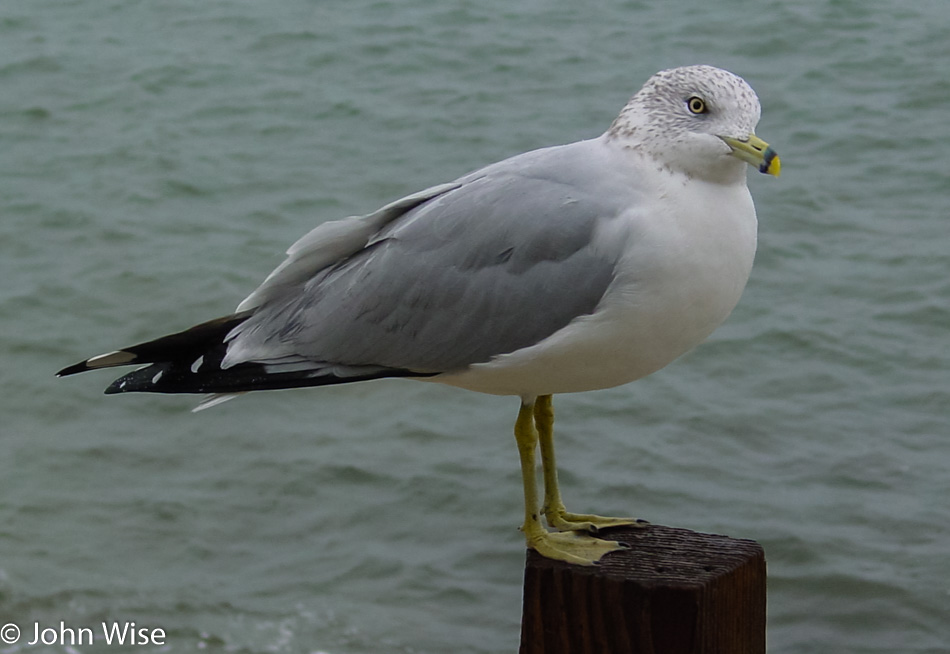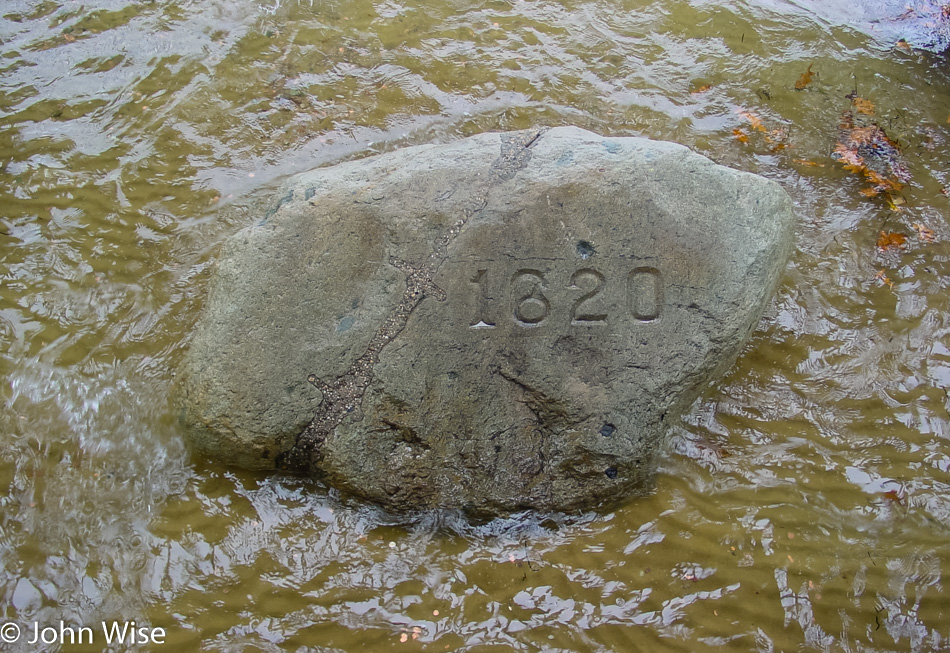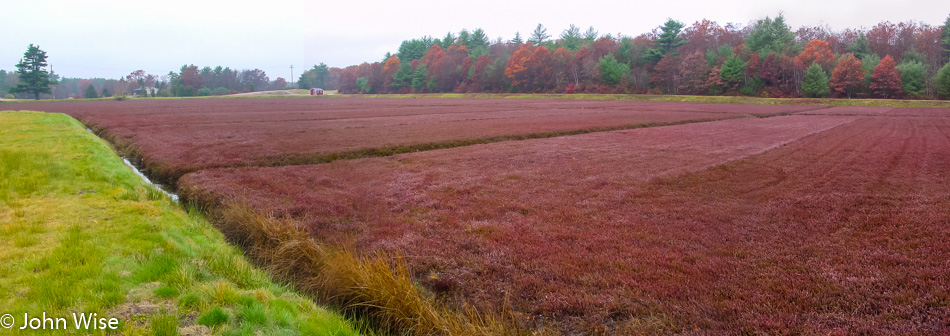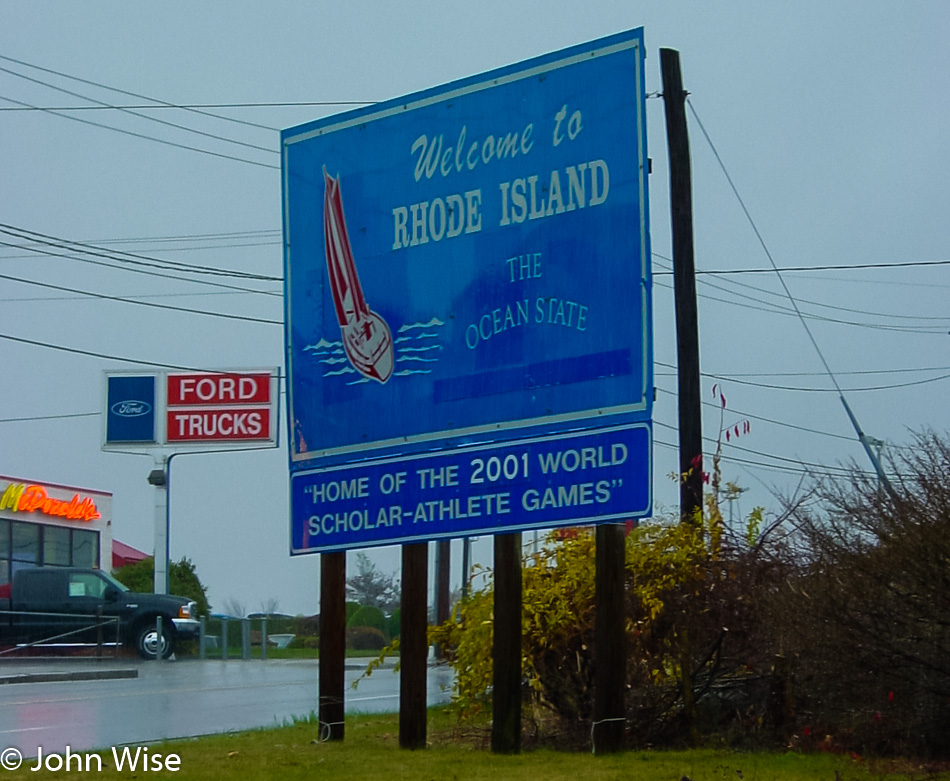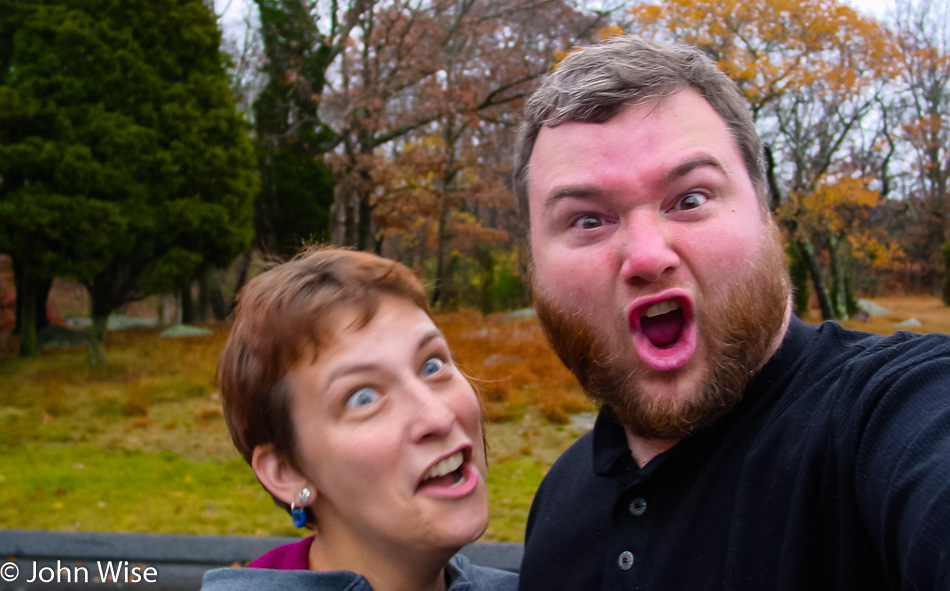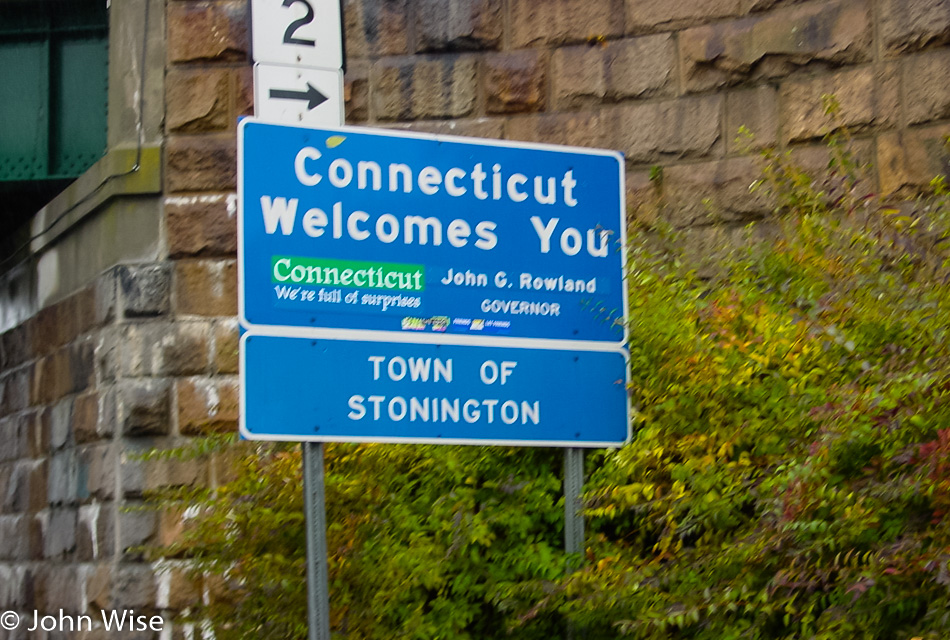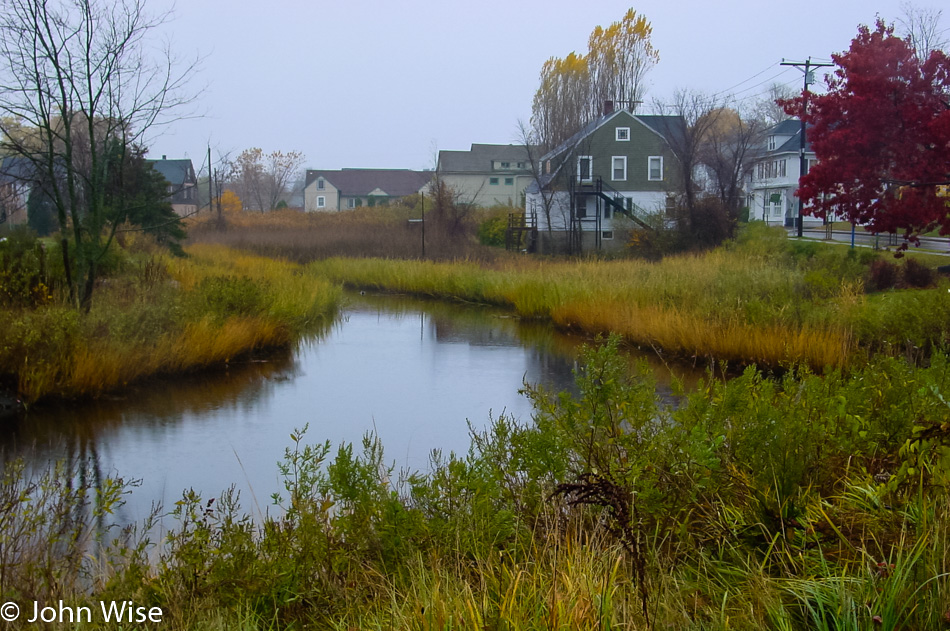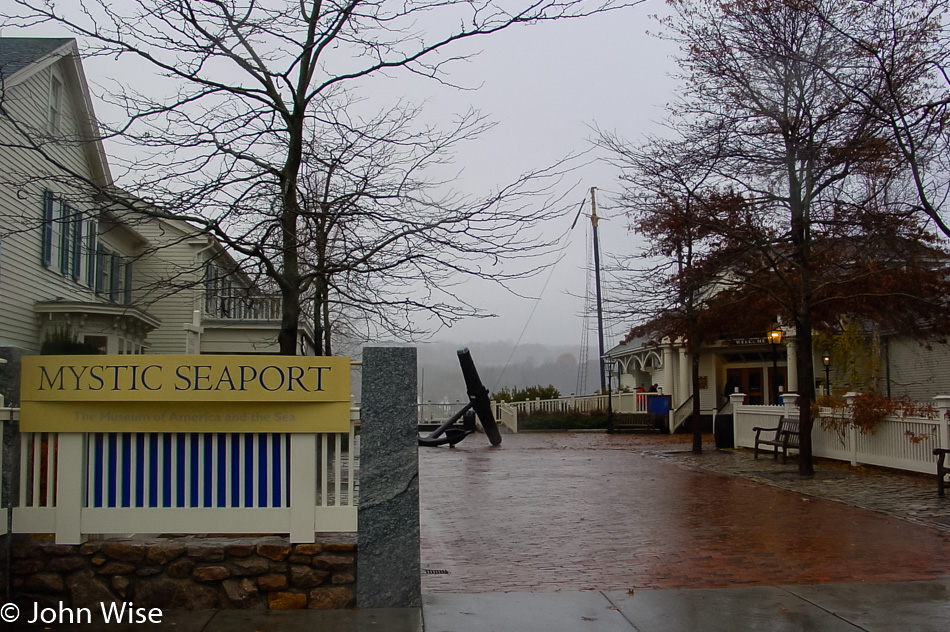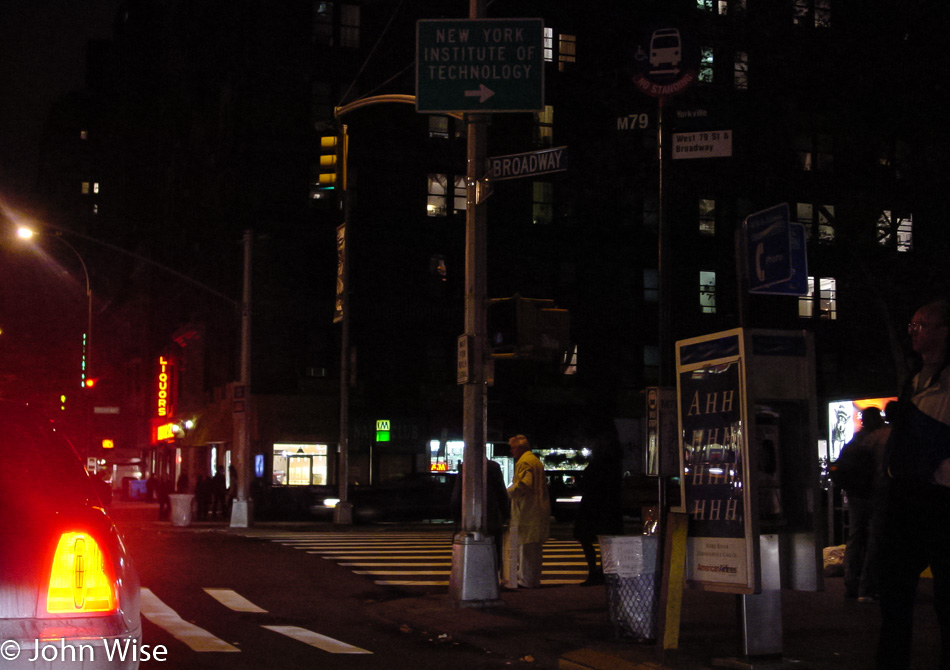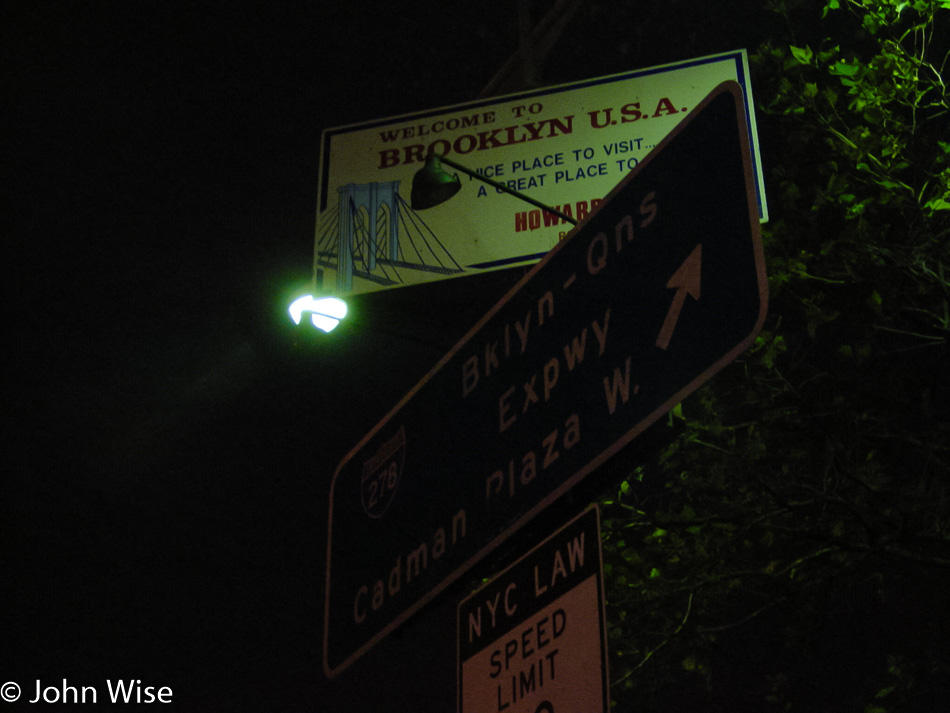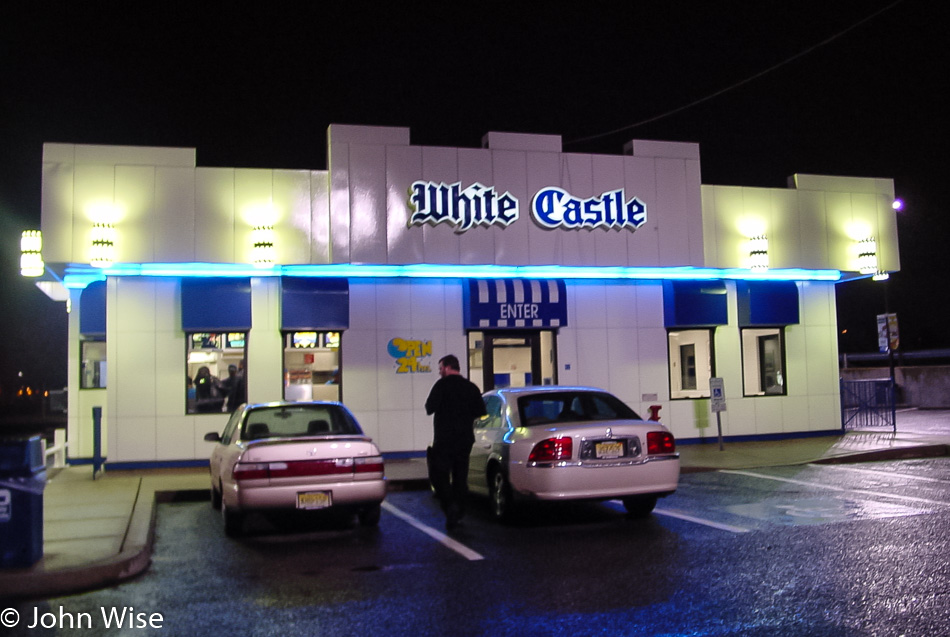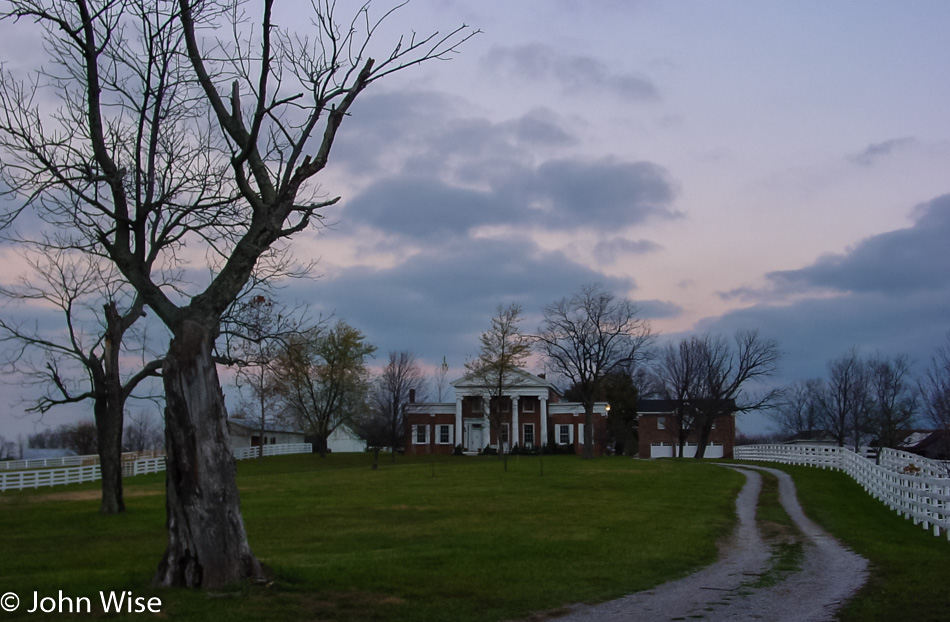
Here we are on Harrodsburg Road in Nicholasville, Kentucky, minutes after we left our motel up the road on Route 68. It looks like we might have another beautiful day out in America.
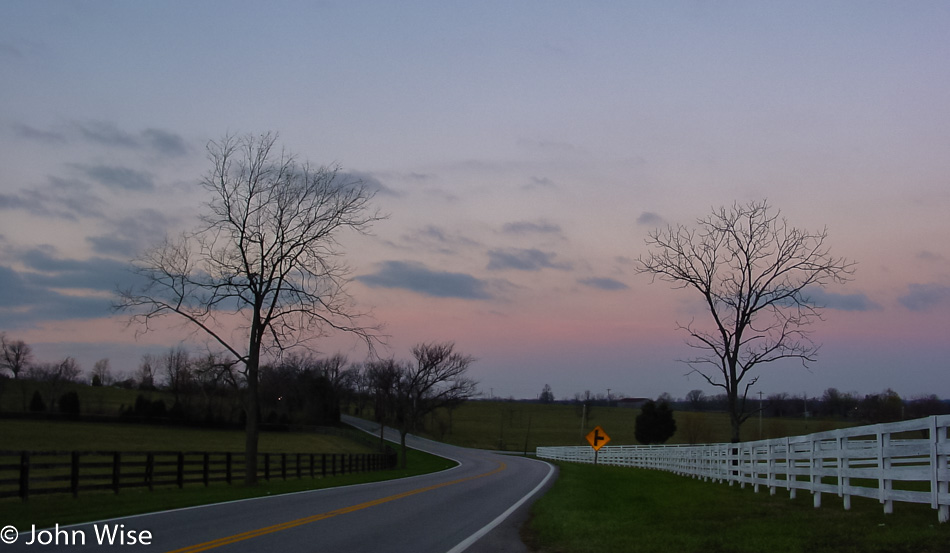
View from the same house on Harrodsburg Road.
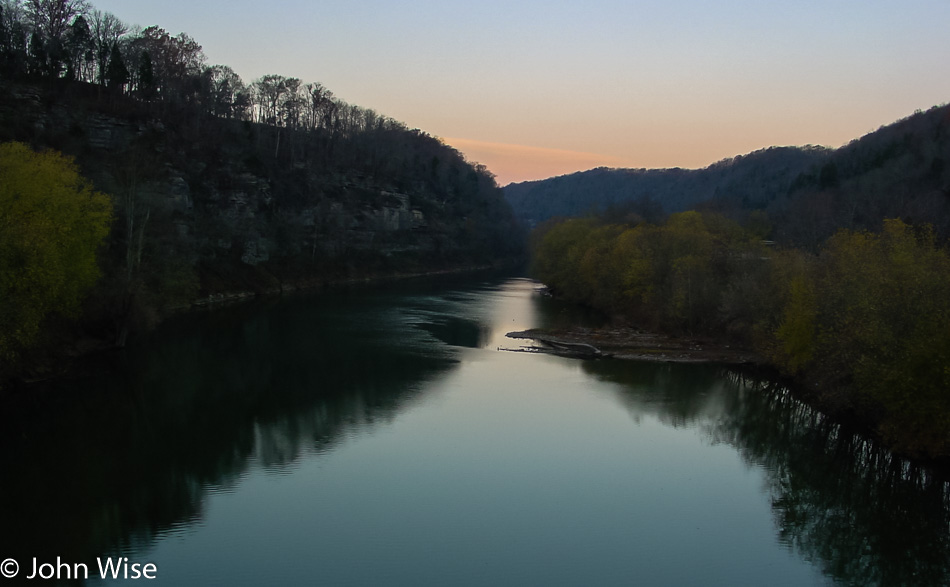
Crossing the Kentucky River as we make our way west today on Route 68. On the east side of the river, the road is named Harrodsburg Road, while on the west side, it will change to Lexington Road and be the combination of Routes 33 and 68.
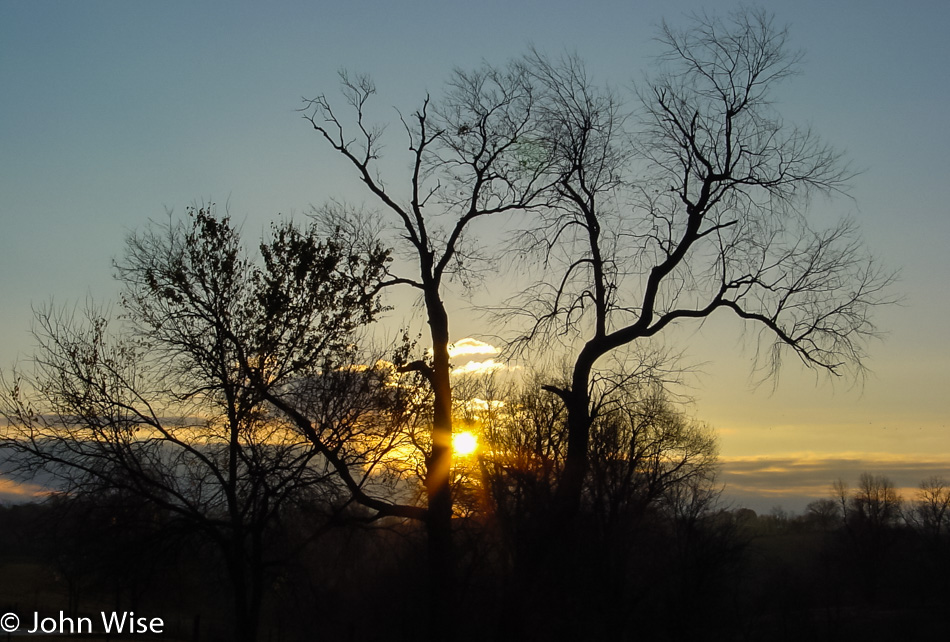
It might be difficult to see the detail (this old Sony digital camera shot 1600×1200 or 2-megapixel images), but up in one of those trees is a huge cluster of birds greeting the rising sun.
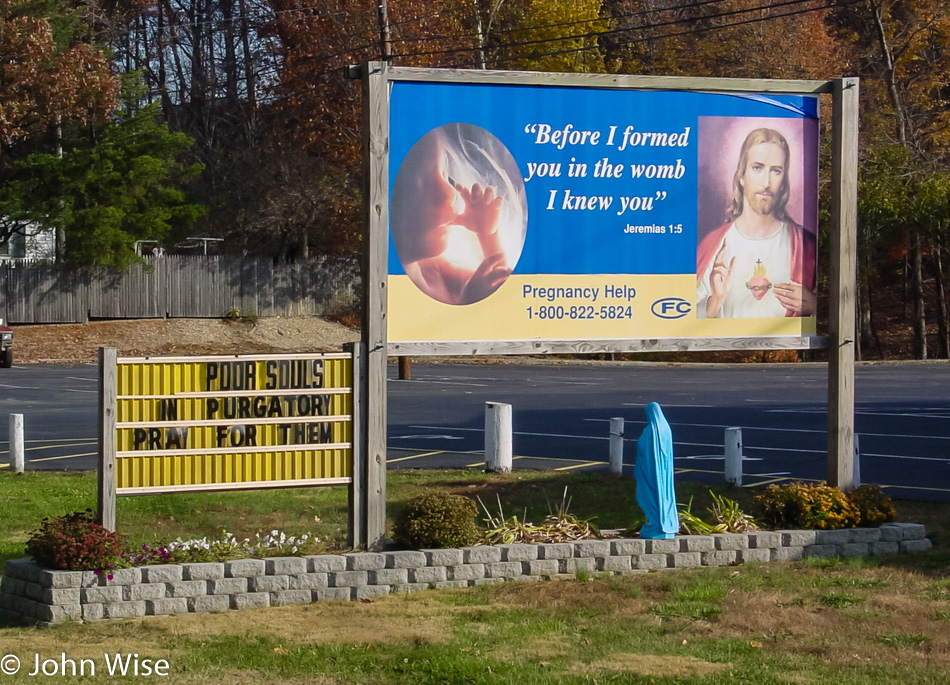
Seeing we couldn’t visit Kentucky Home State Park because, of course, it was closed, we offer you salvation in Jesus and a roadside sign that can bring you into the fold of God. Back in the day, people prayed for poor souls to keep them from purgatory, but by 2018, we spent most of our time praying about the loss of children killed by mass shootings in our schools.
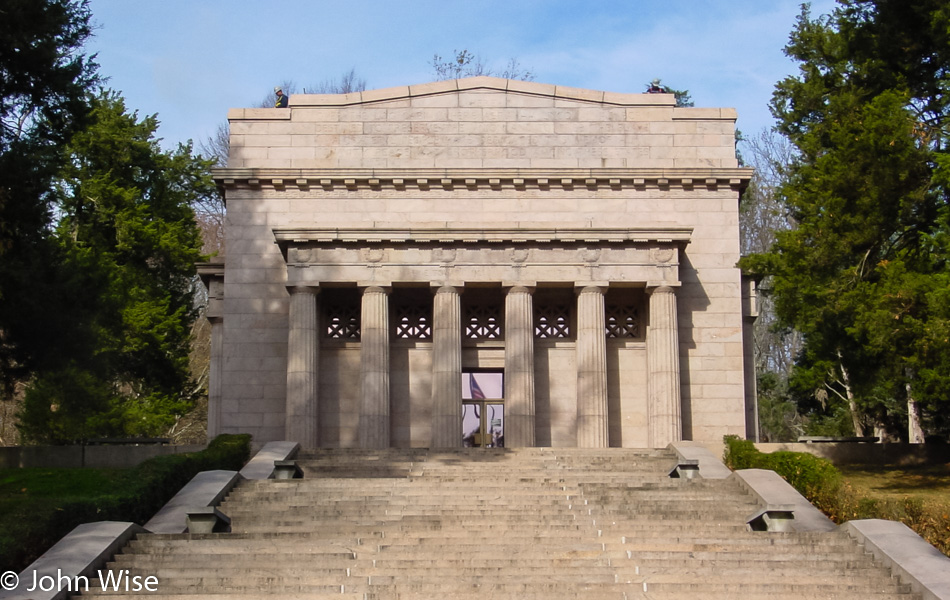
Before arriving here at the Abraham Lincoln Birthplace National Historical Park, we visited the Lincoln Museum up the road in Hodgenville. It was so cheesy that the potential for good kitsch was lost, and the place instead verged on the depressing. This is not a place marked on the map for return. Even the birthplace monument leaves a lot to be desired. It does hold the distinction of being the first Lincoln Monument, and it is, in fact, the location where the Lincoln family lived, but the cabin in this monument is a “symbolic” building of something that “could” have been similar to the one President Lincoln was born in. Walking the grounds and visiting the somewhat cave-like Sinking Spring, where the Lincoln family drew their water, is the best part of the visit.
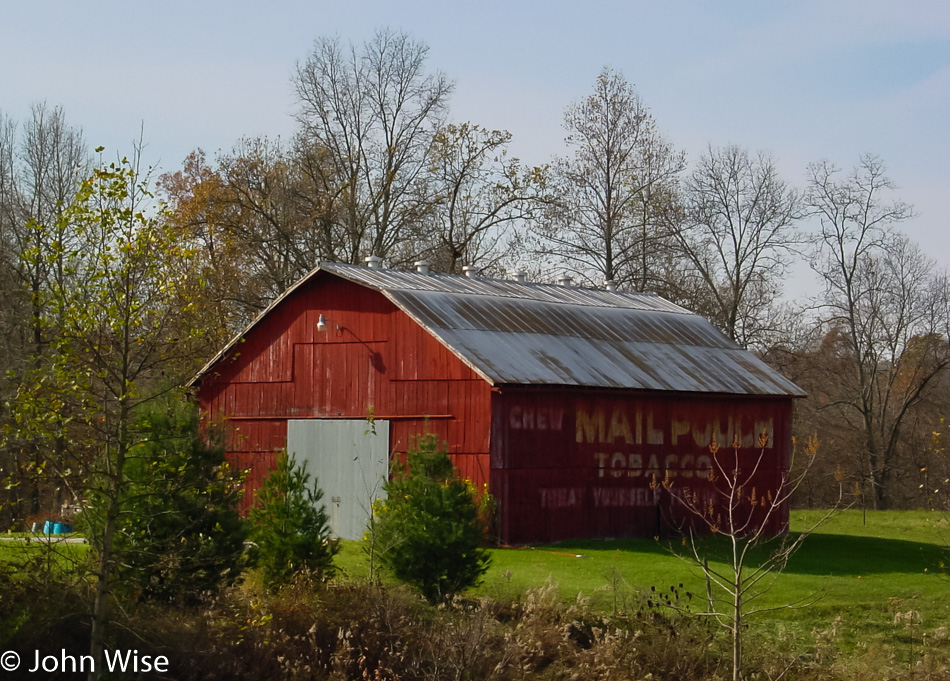
We must have been on the tail end of the nostalgia for traveling to hokey places because after we visited the Lincoln birthplace, we went back to town and had lunch at the Lincoln Jamboree, where Joel Rays Restaurant had been serving diners for 41 years. It was lunchtime on a Wednesday during our visit; years later, their hours would be reduced to Saturdays only, opening at 3:00 p.m. Such is progress. Another Mail Pouch Tobacco stencil greets us back on the road. And for the curious: no, we’ve never tried chewing Mail Pouch Tobacco. Trivia: Bloch Brothers from Wheeling, West Virginia, was the tobacco company behind these advertisements that were once featured on over 20,000 barns!
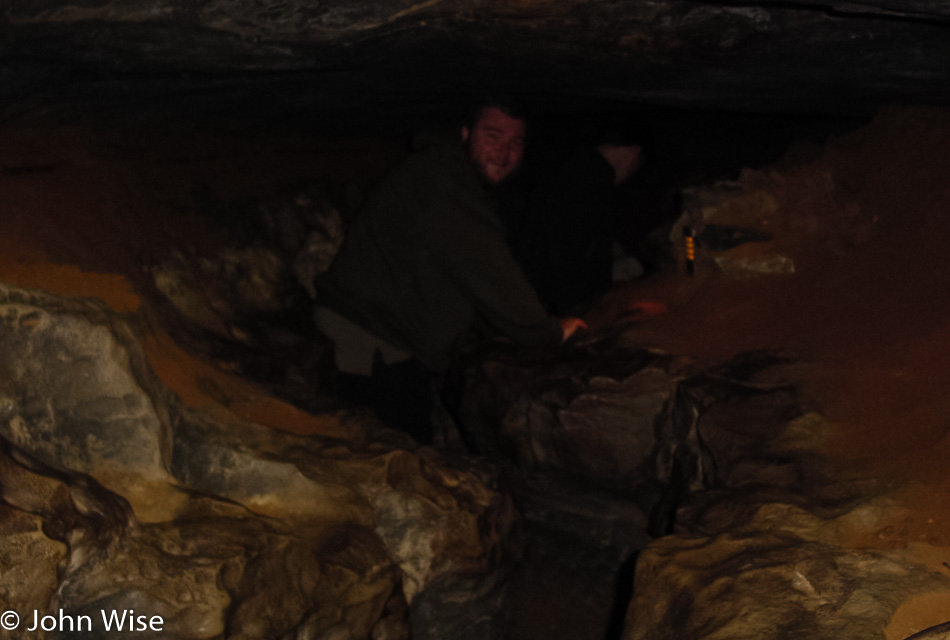
If it’s in the National Park system and we are nearby, we are going. Here we are, wiggling and squeezing through Mammoth Cave National Park in Kentucky. This section of the cave I’m in inspired Caroline to take my photo as I shimmied through the “Fat Man’s Misery.” I wasn’t so much worried about fitting as I was about some brief moments of claustrophobia.
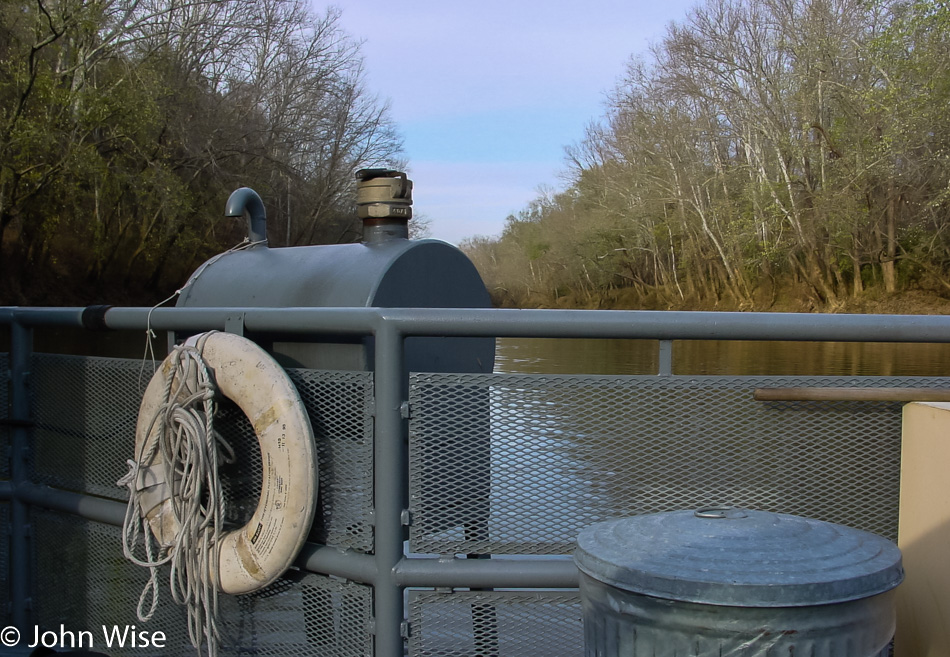
Worst photo ever of a ferry crossing. This is the Green River Ferry in Mammoth Cave National Park which is required traveling if you are driving north out of the park.
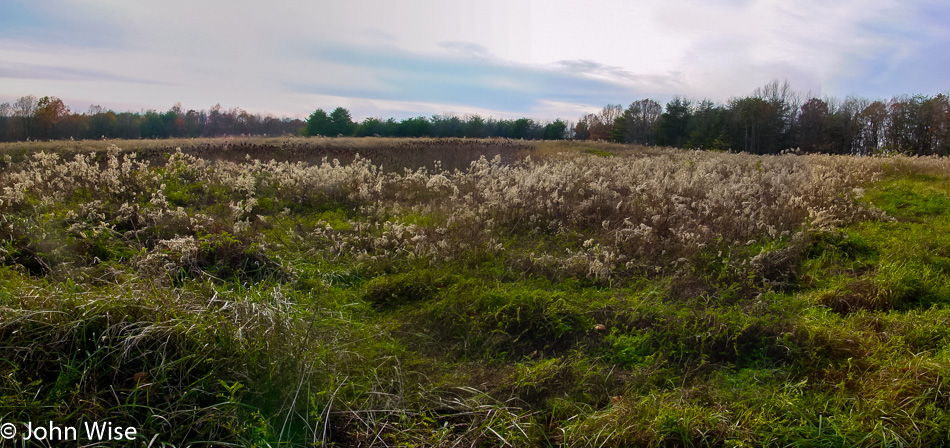
Kentucky is an incredible state for its beauty. Hopefully, we’ll return someday in late spring or early summer when everything is in bloom, and the abundance of green is greener than any green we’ve ever witnessed in the deserts of the Southwest.
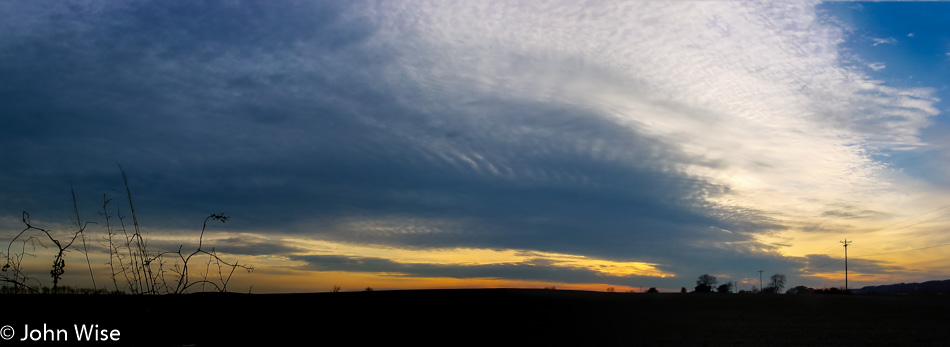
Sunset doing what it does best besides giving way to night, creating dramatic skies of extraordinary color.
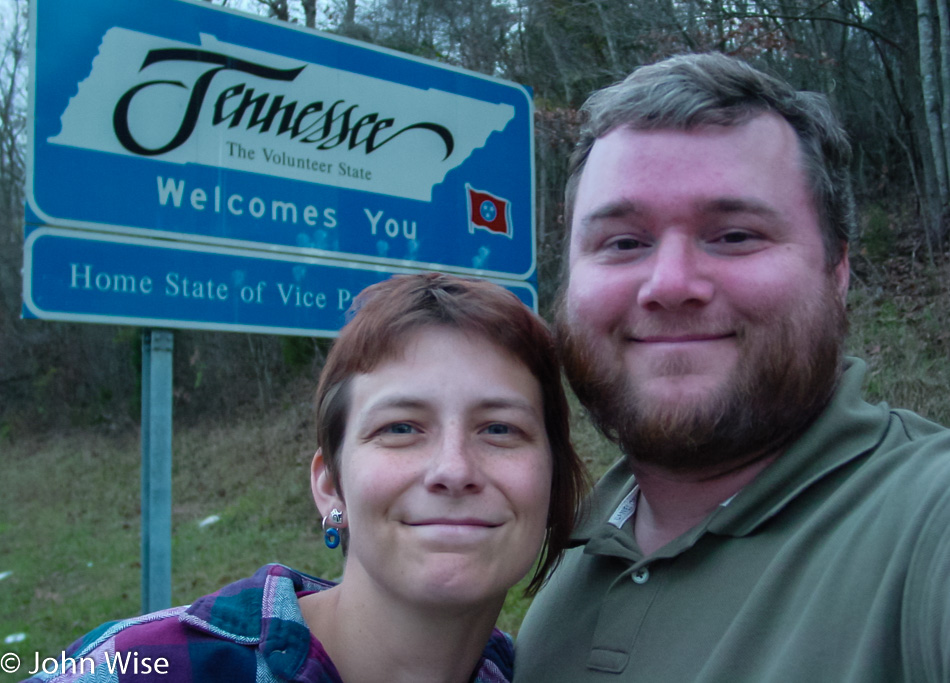
We effectively just passed through Nashville, Tennessee, though we did stop for a very uninspired dinner. These pre-smartphone travels were severely hampered by not having the ability to find restaurants with the help of the internet; phone books were a joke. We had failed so frequently asking locals for great places to eat with answers coming back at us like “Red Lobster, Olive Garden, or Sizzler” that we had to give up and take the path of least resistance by opting for the first place that had a few cars in the lot and wasn’t a chain or fakey Chinese food. From dinner, we drove to the northern terminus of the Natchez Trace Parkway, looking for a place to stay, except there was nothing out there, so we headed to Franklin, Tennessee, figuring it would be cheaper than anything found in Nashville.
